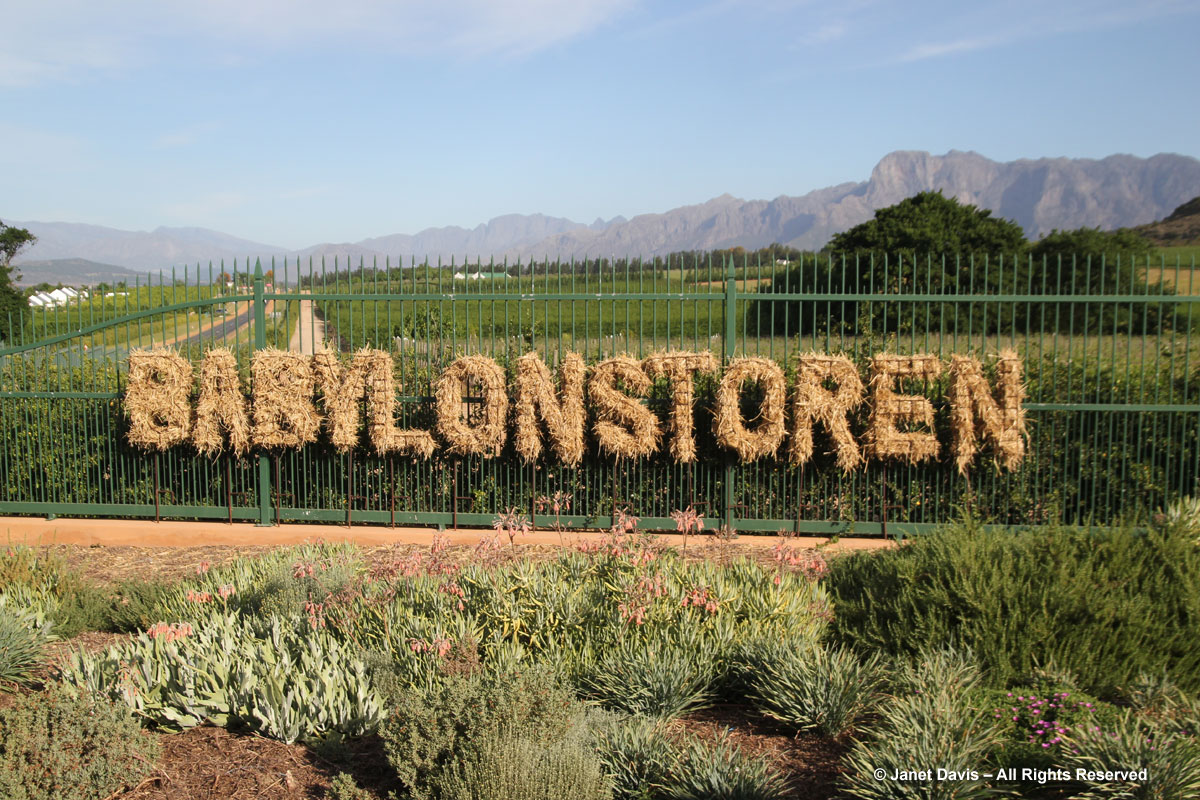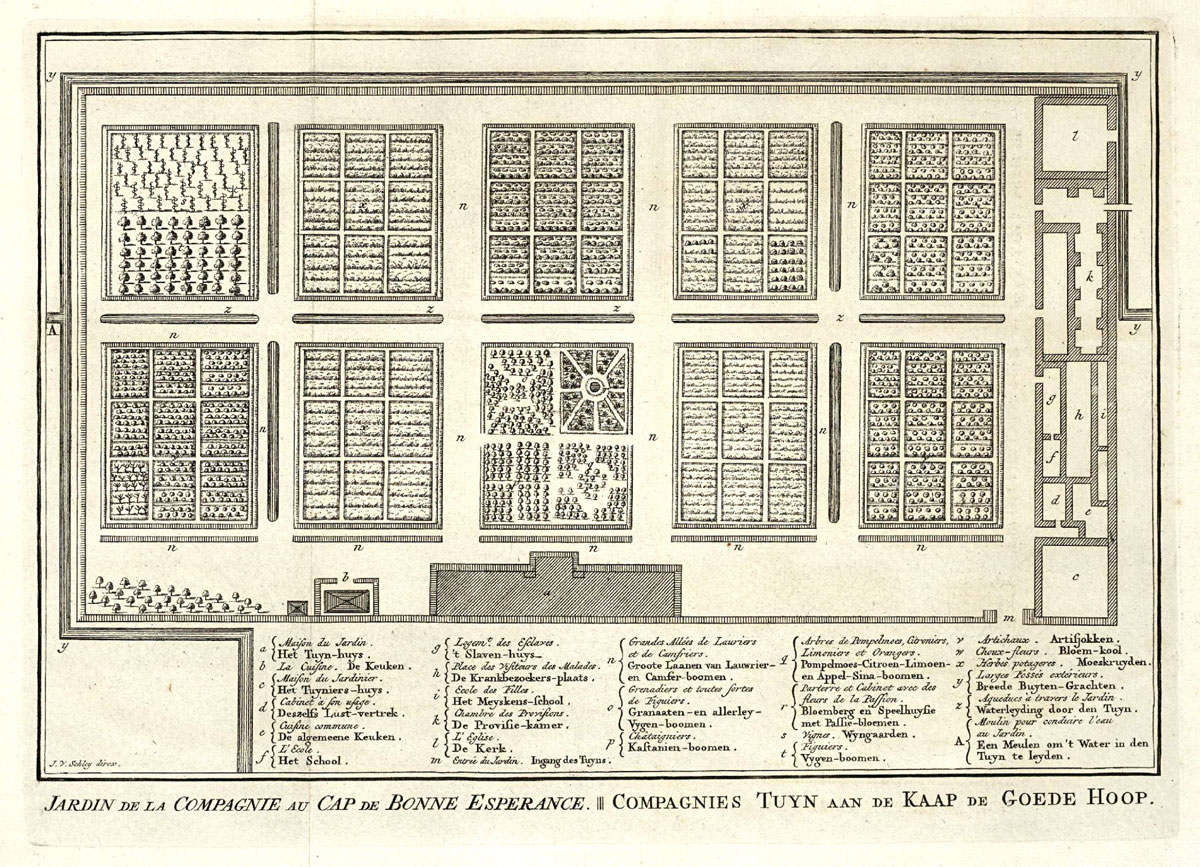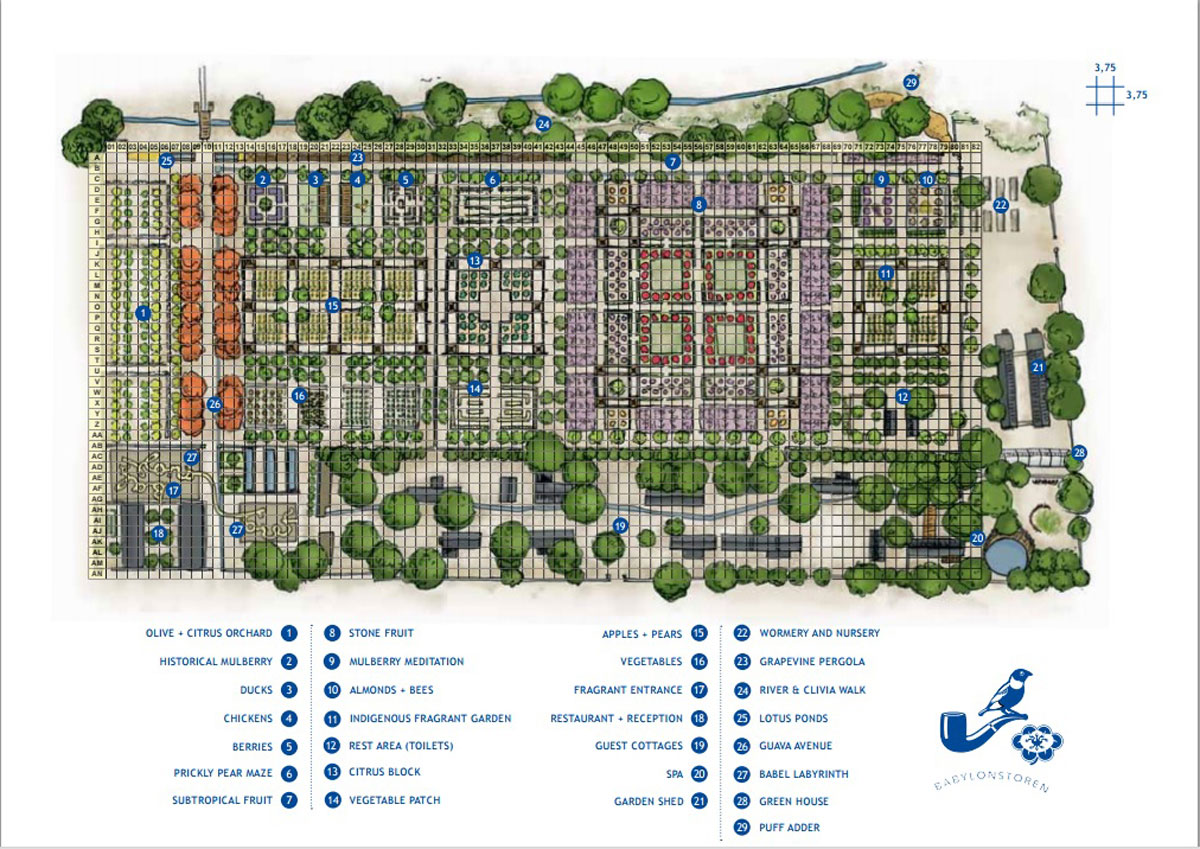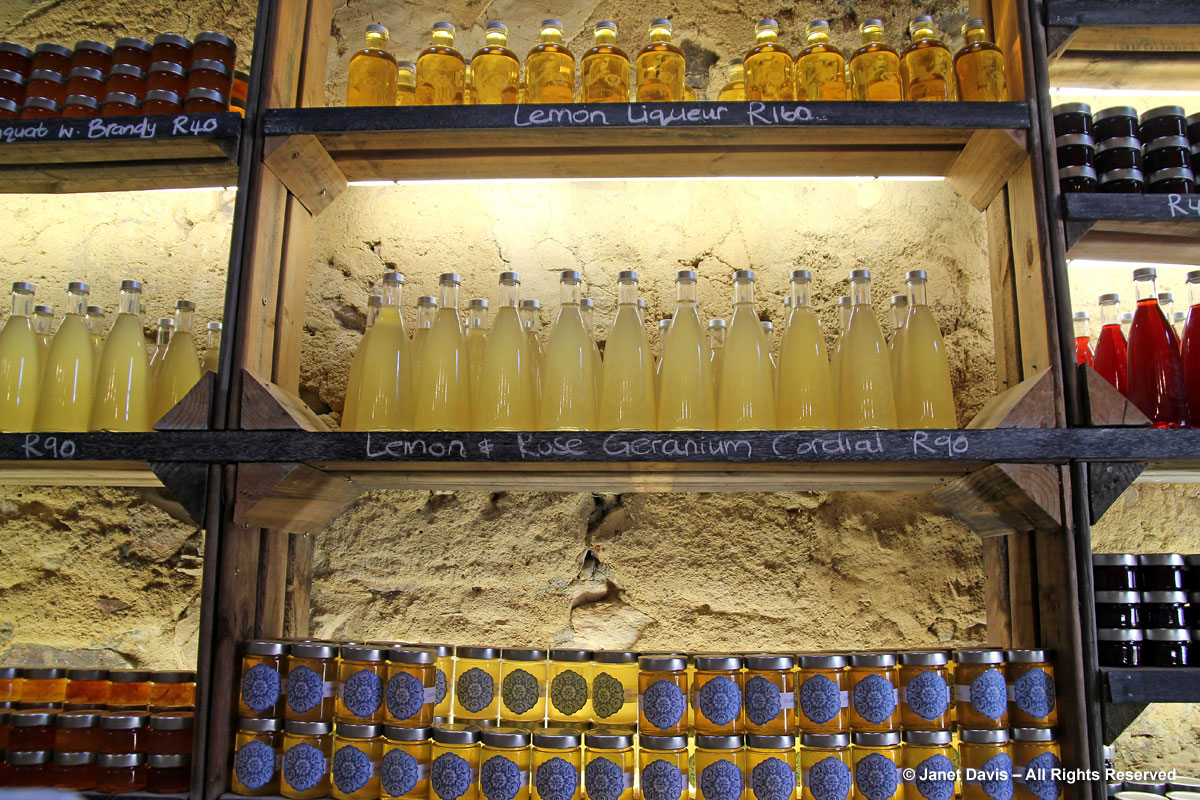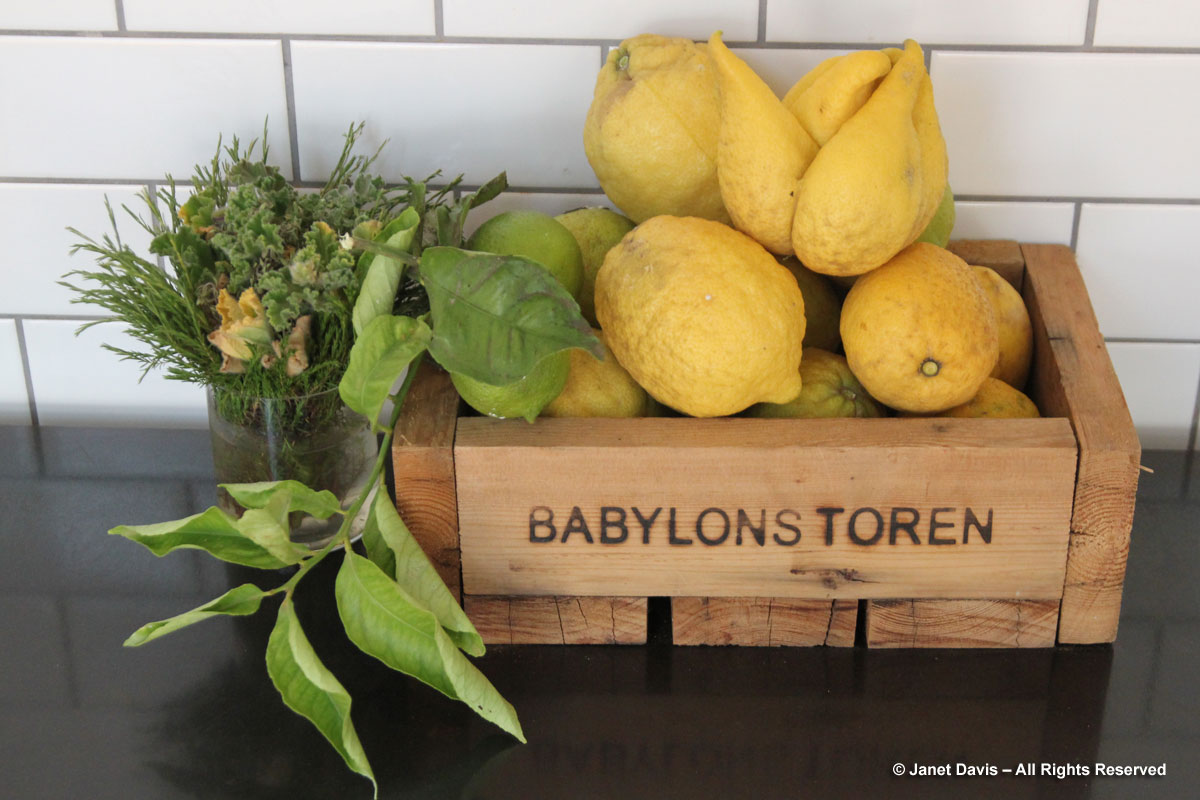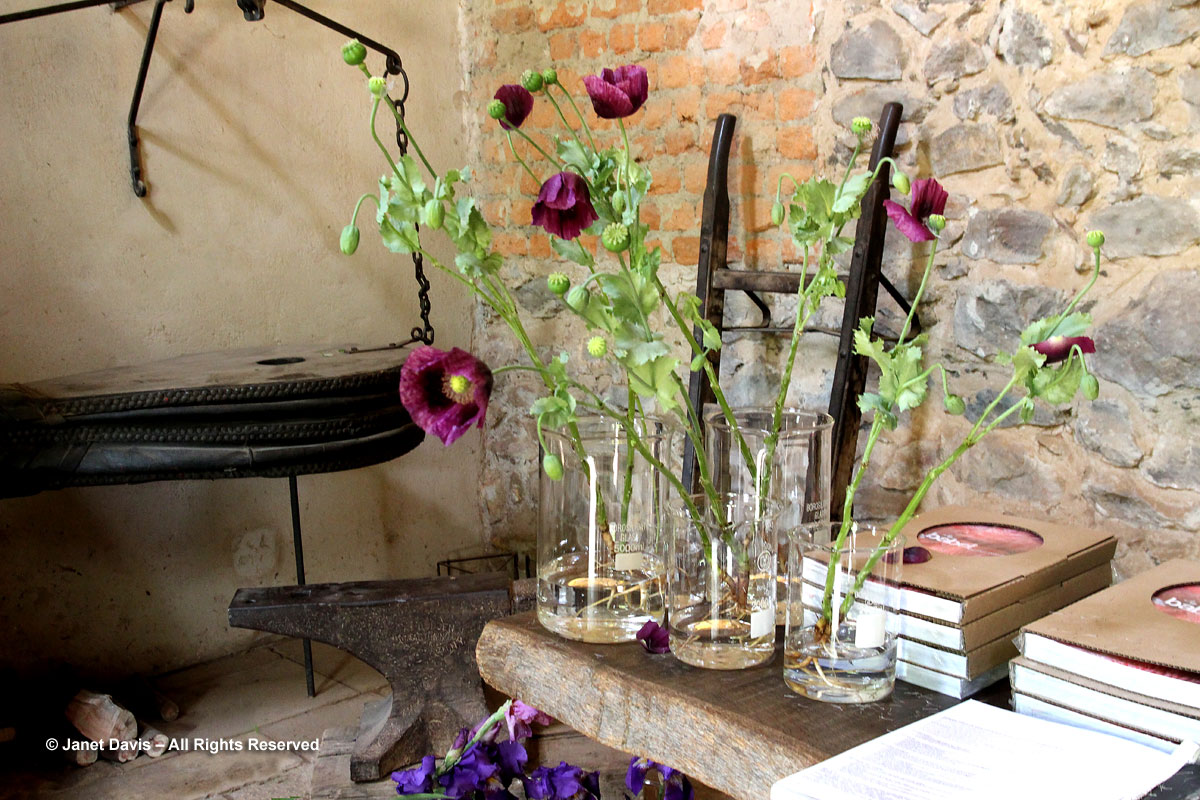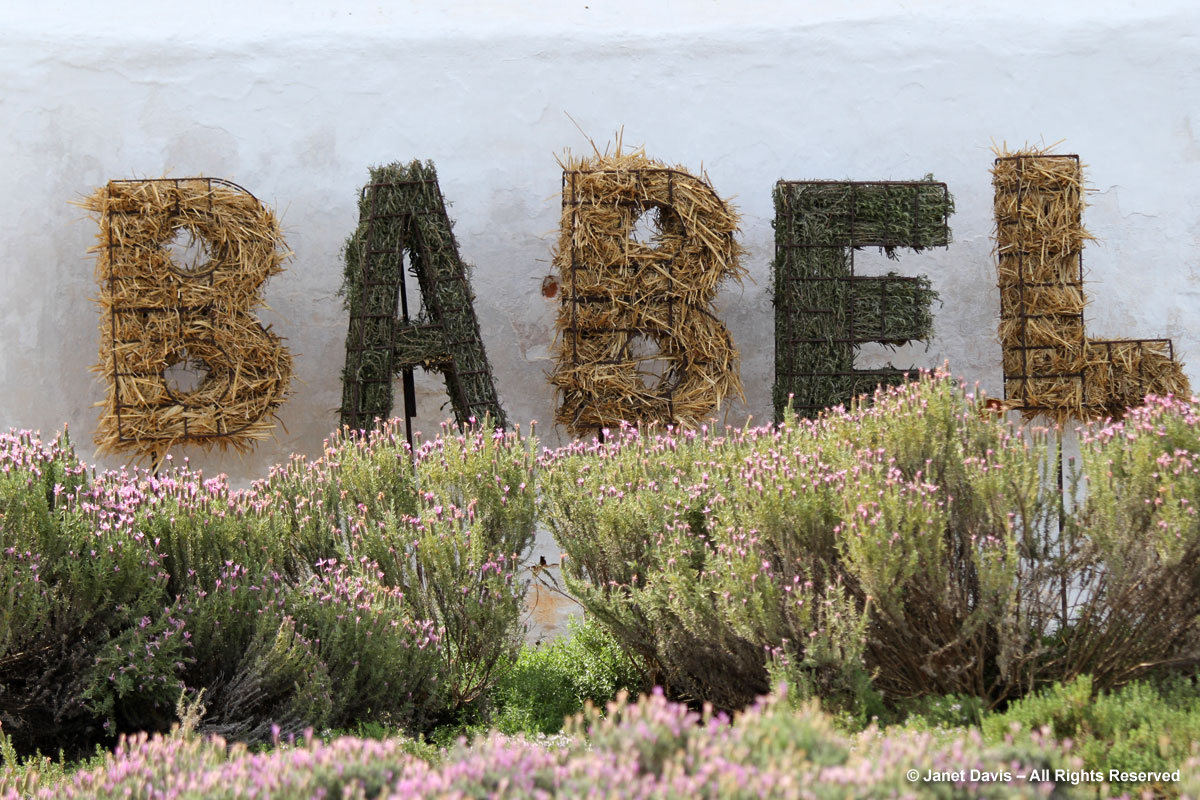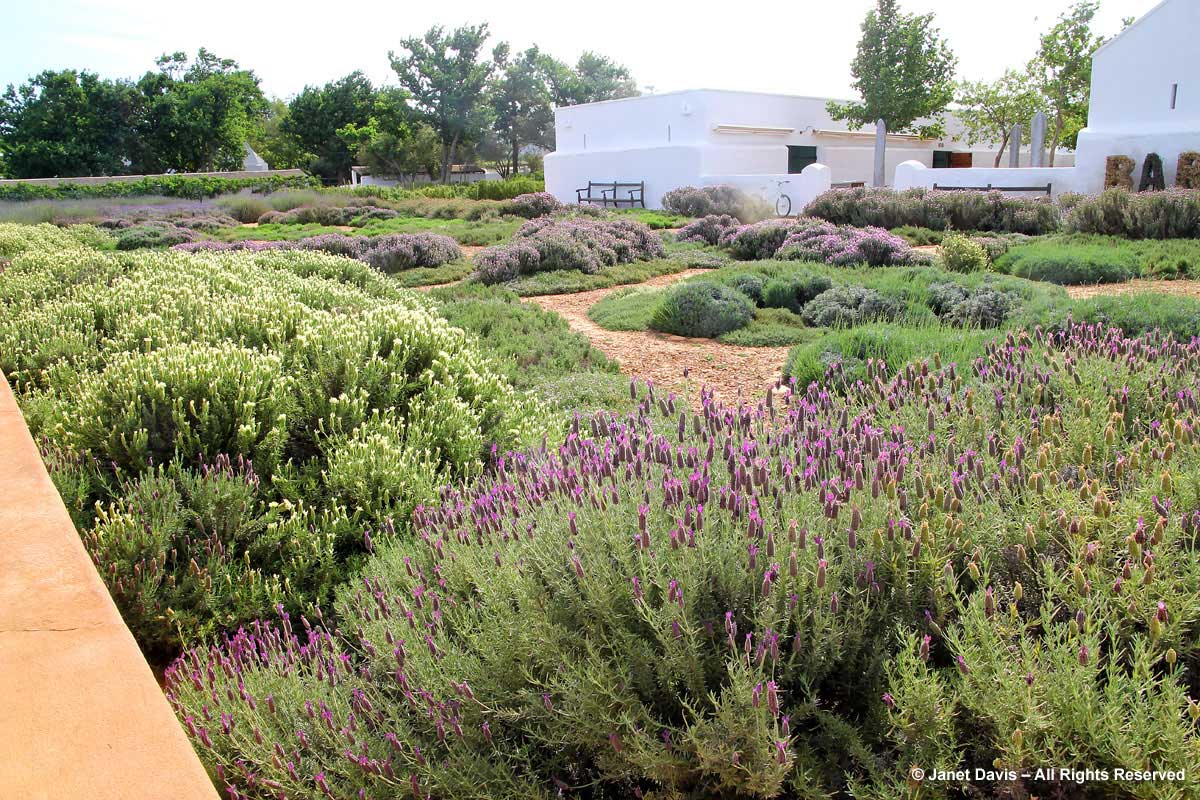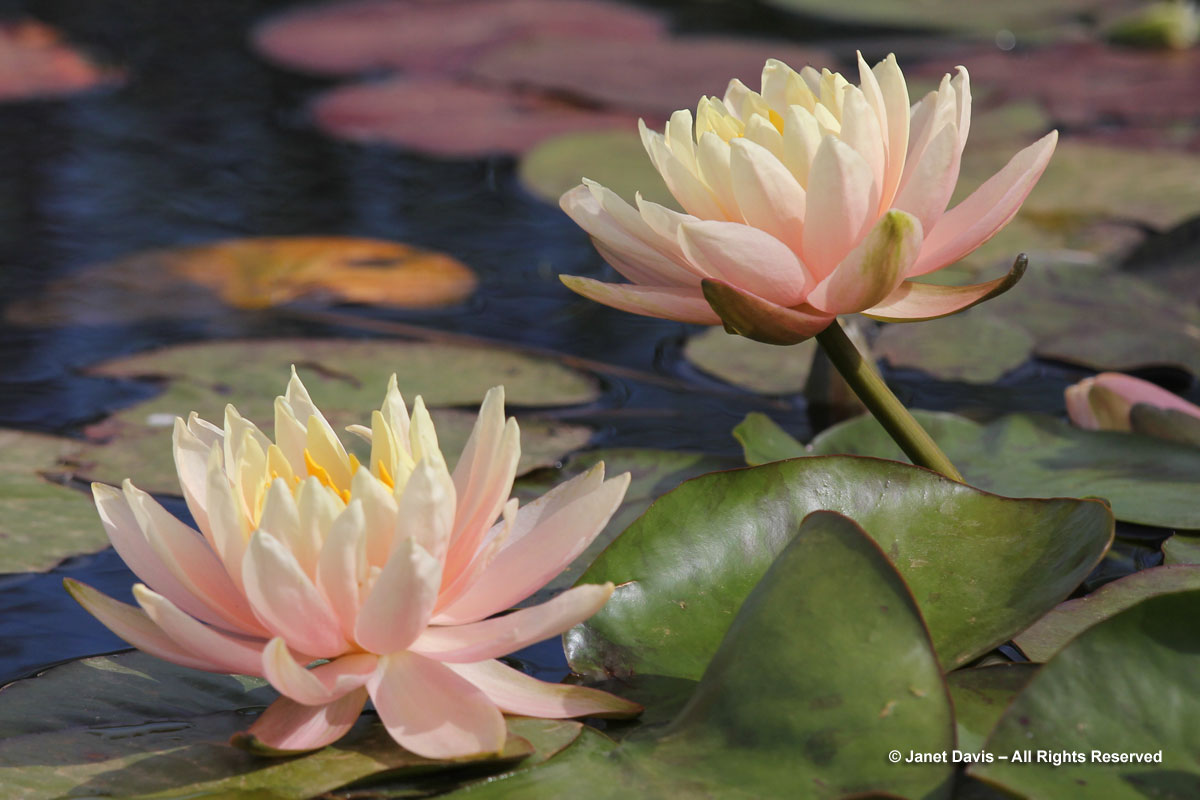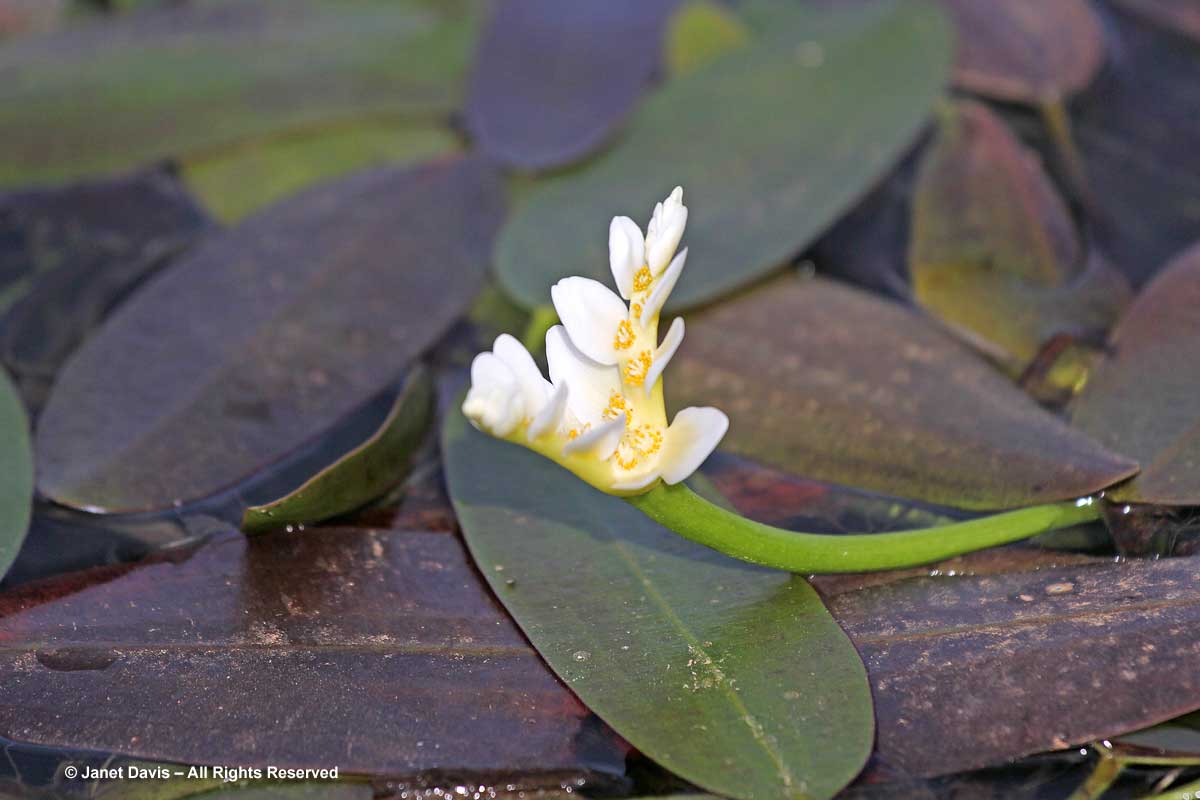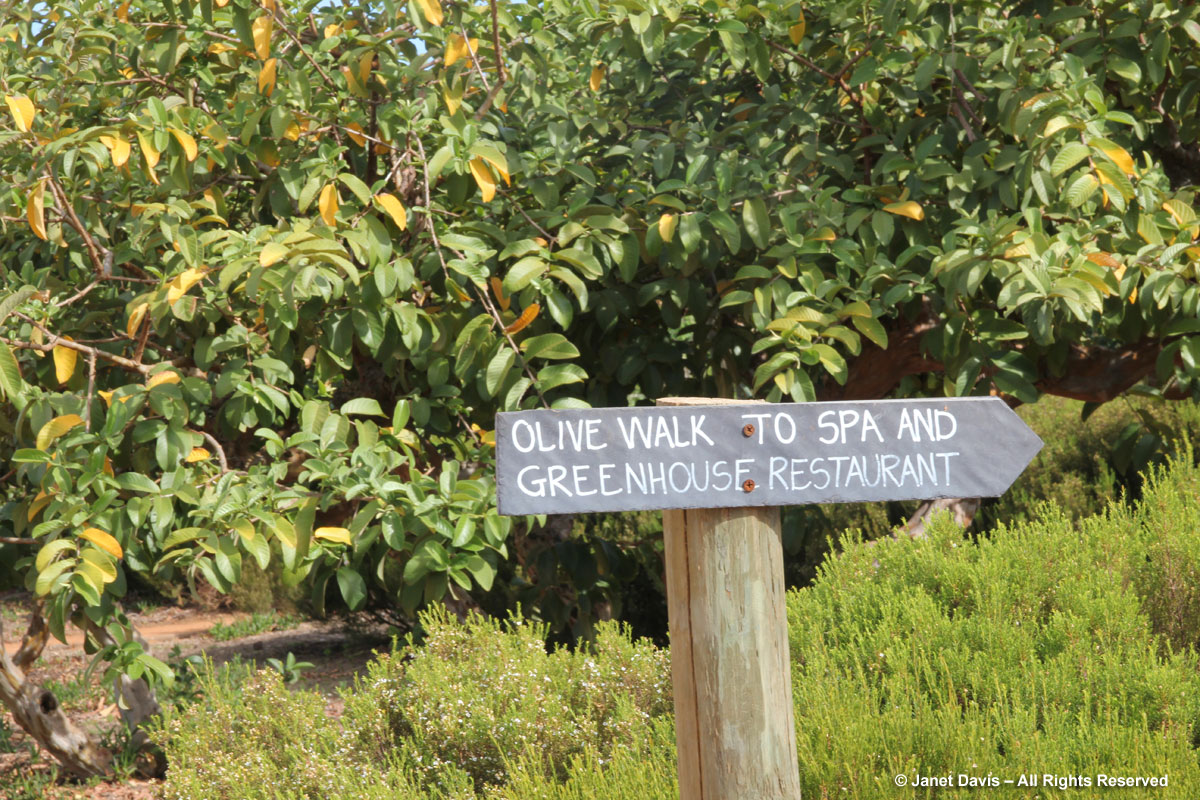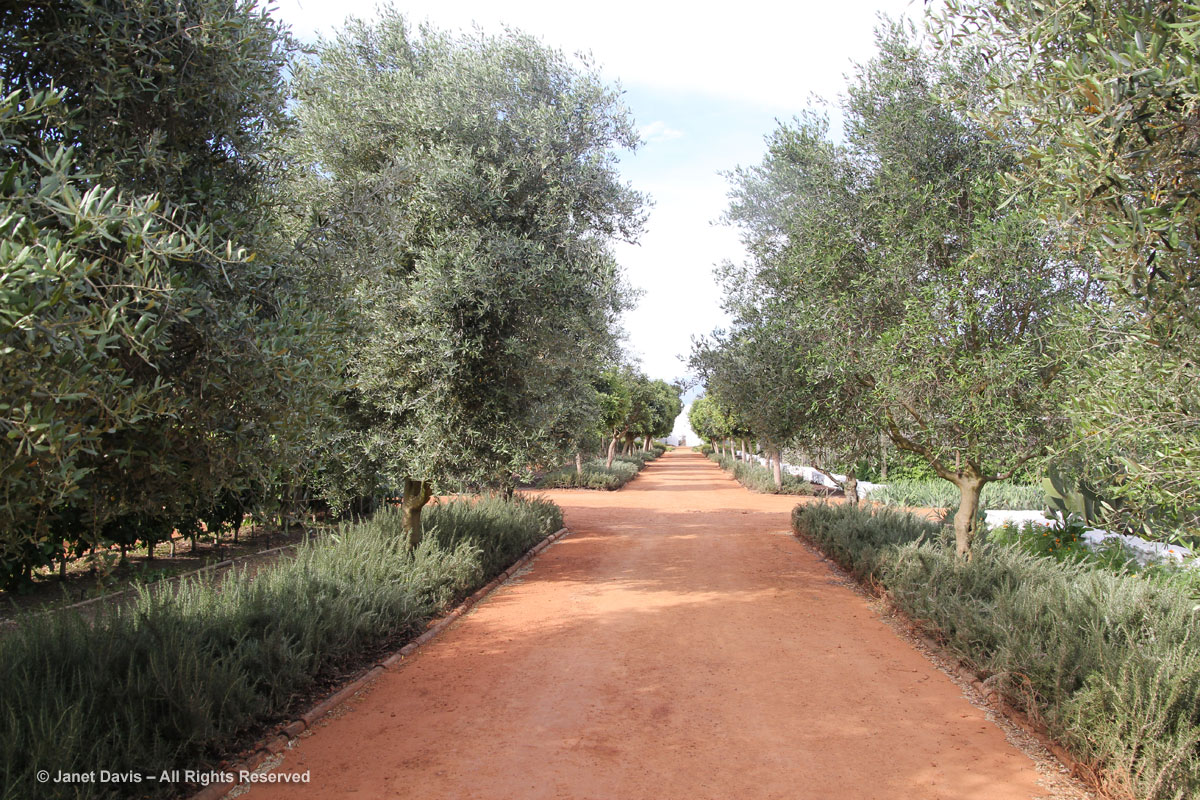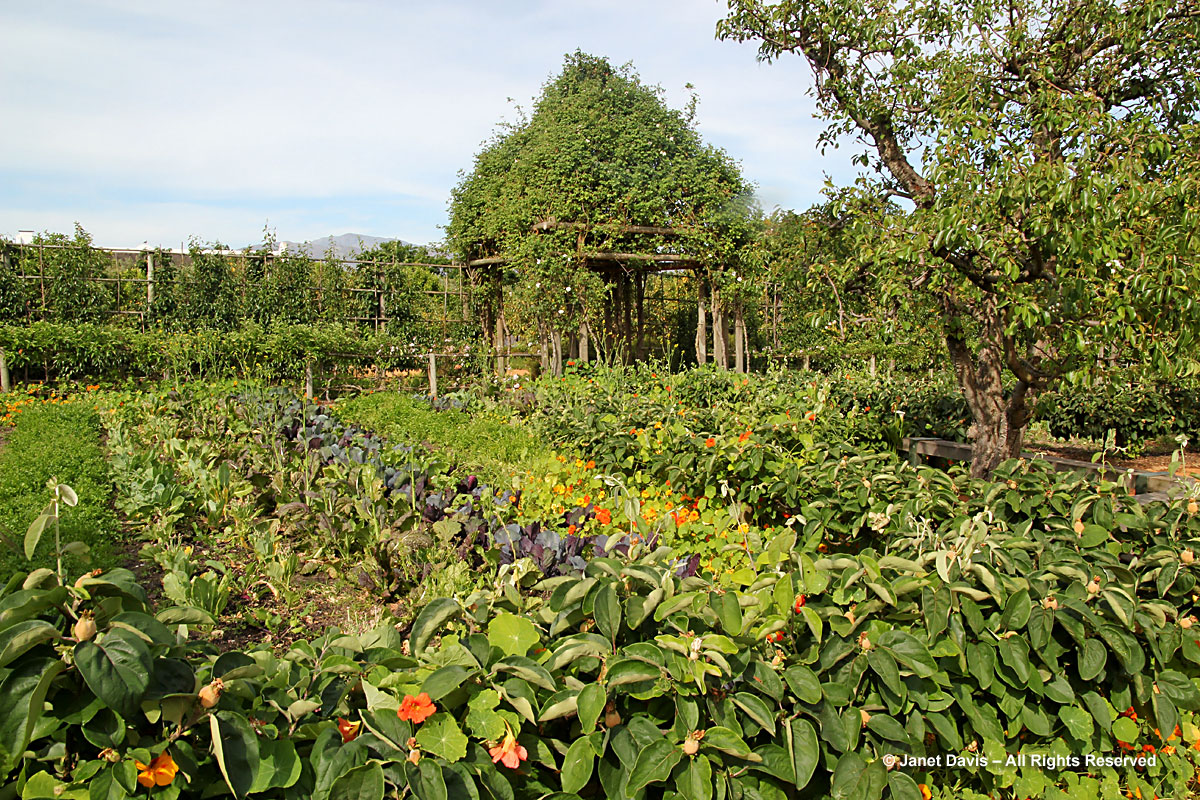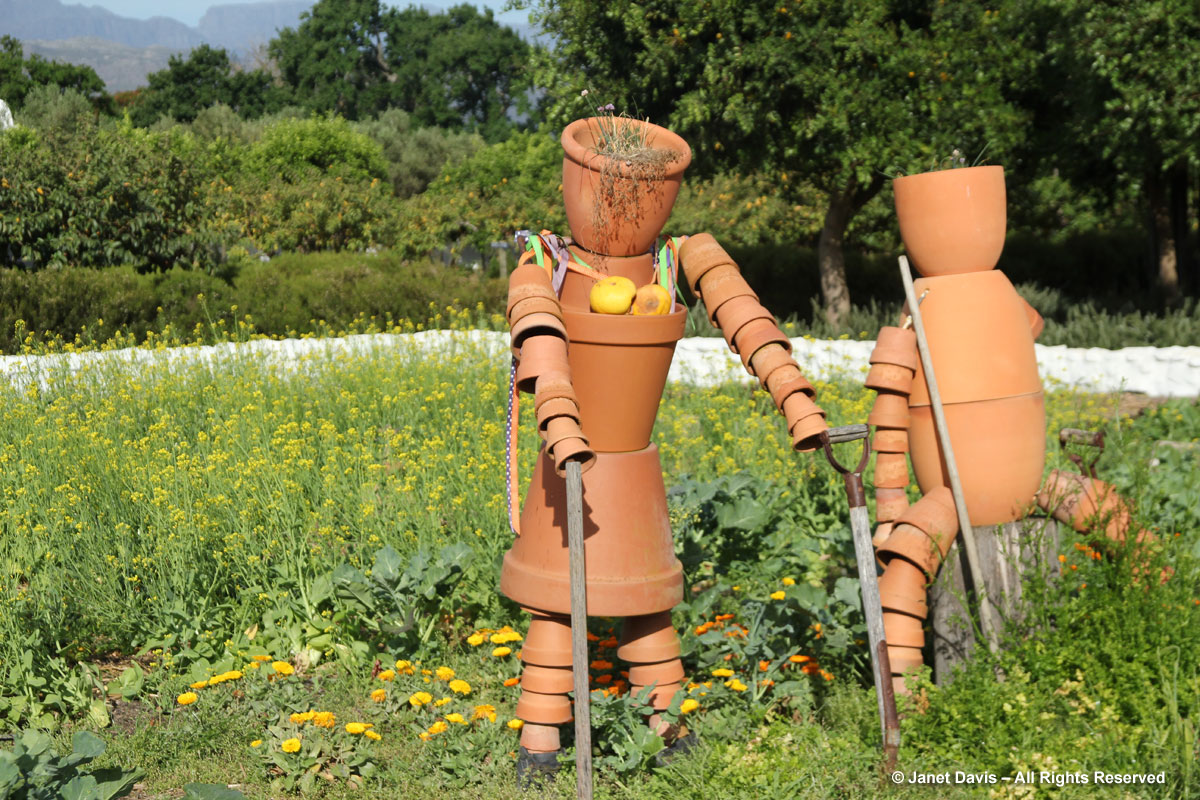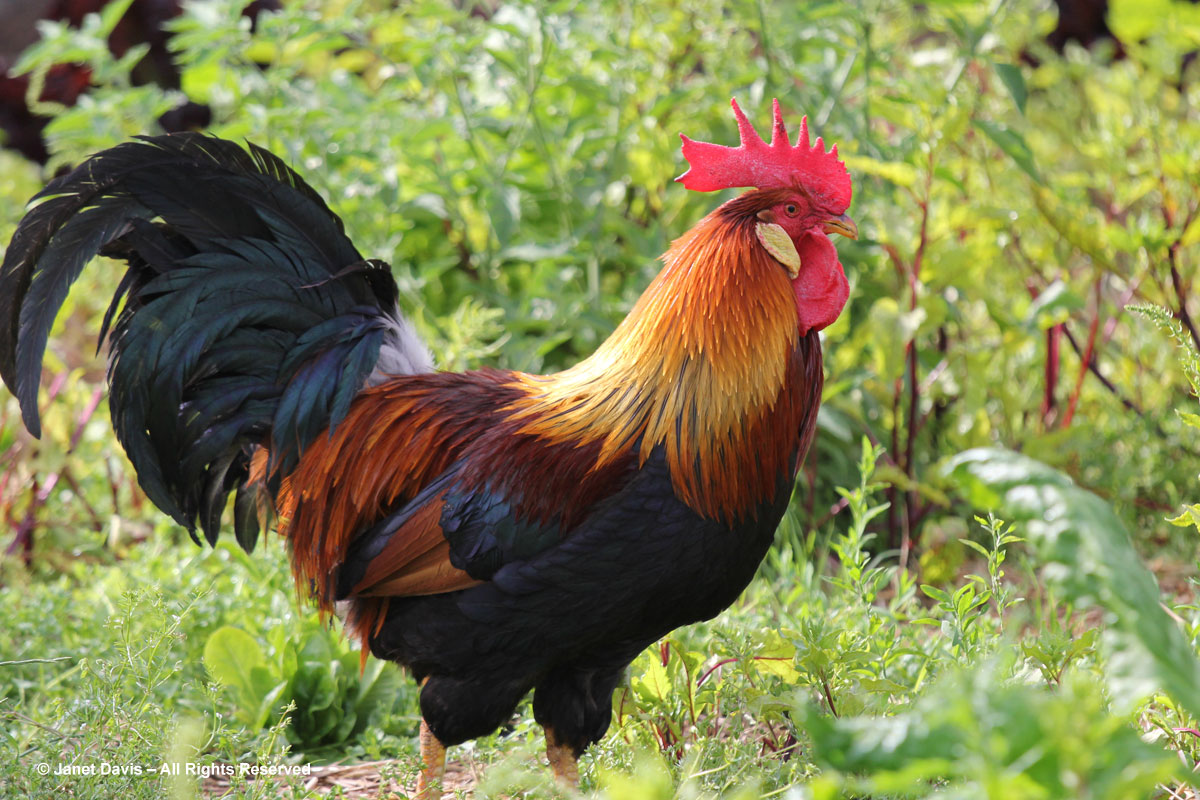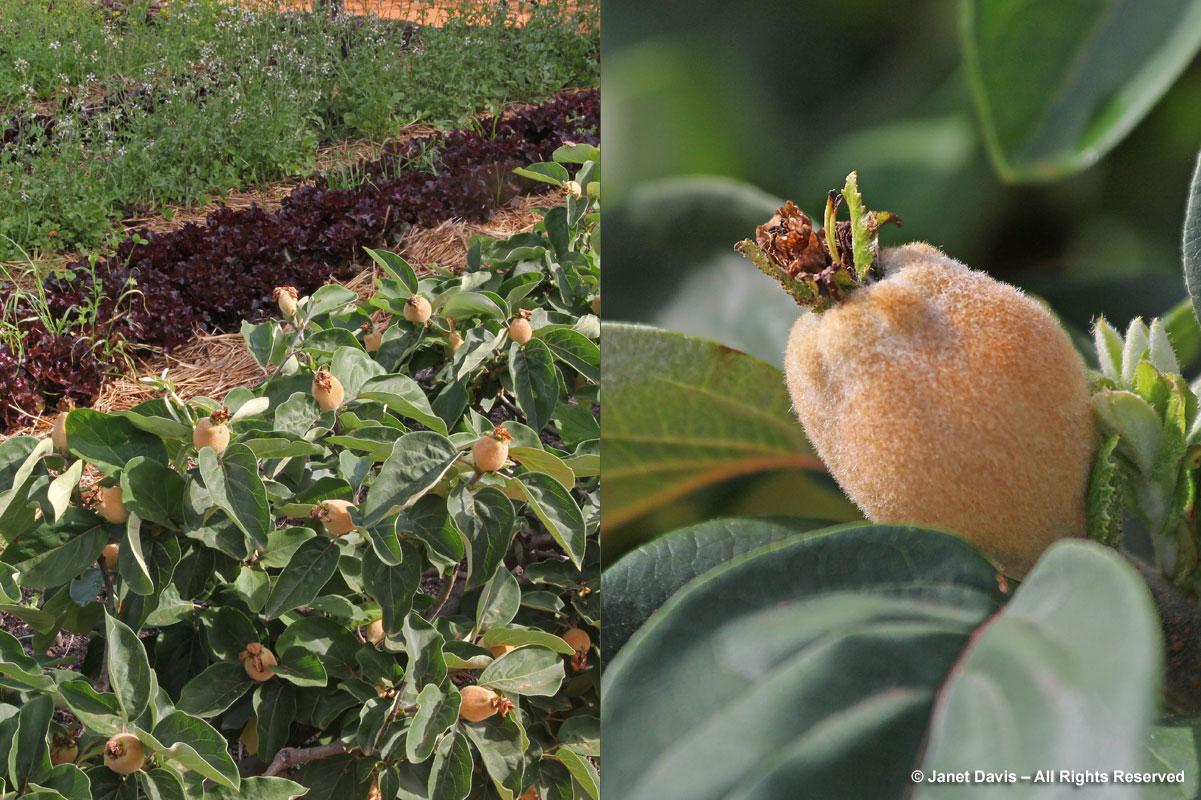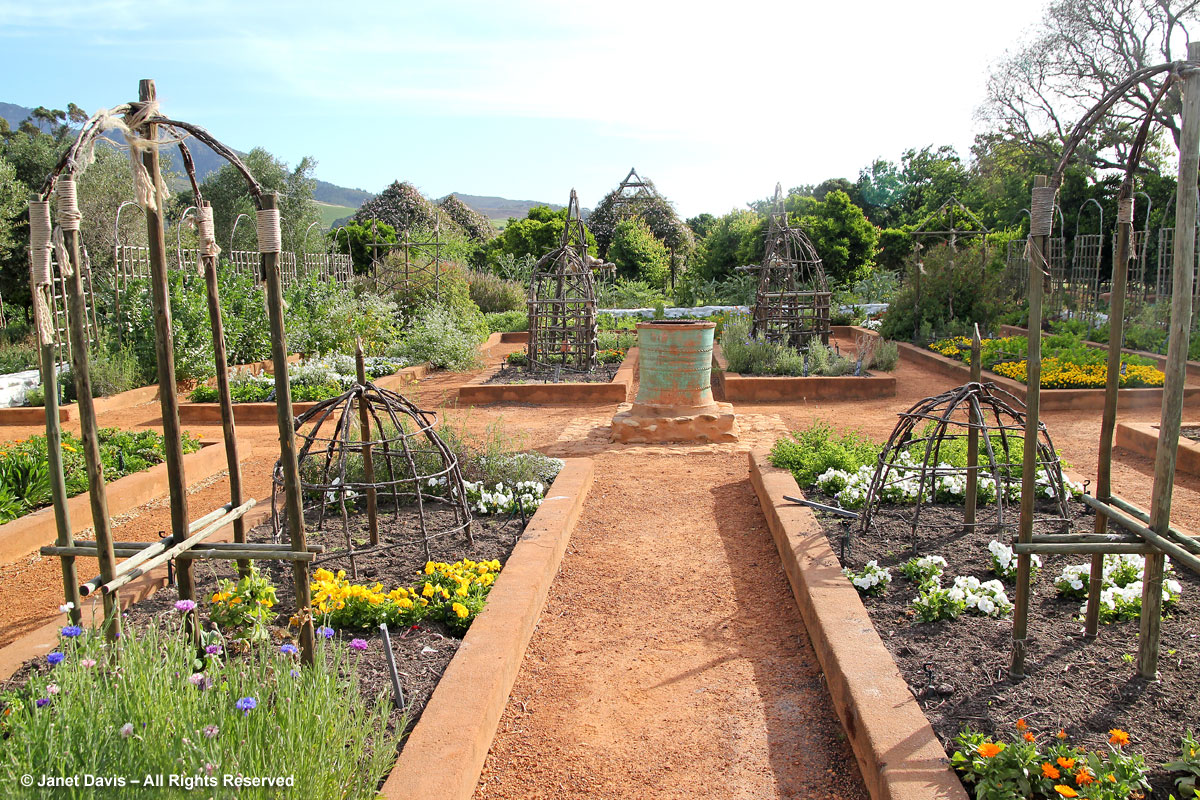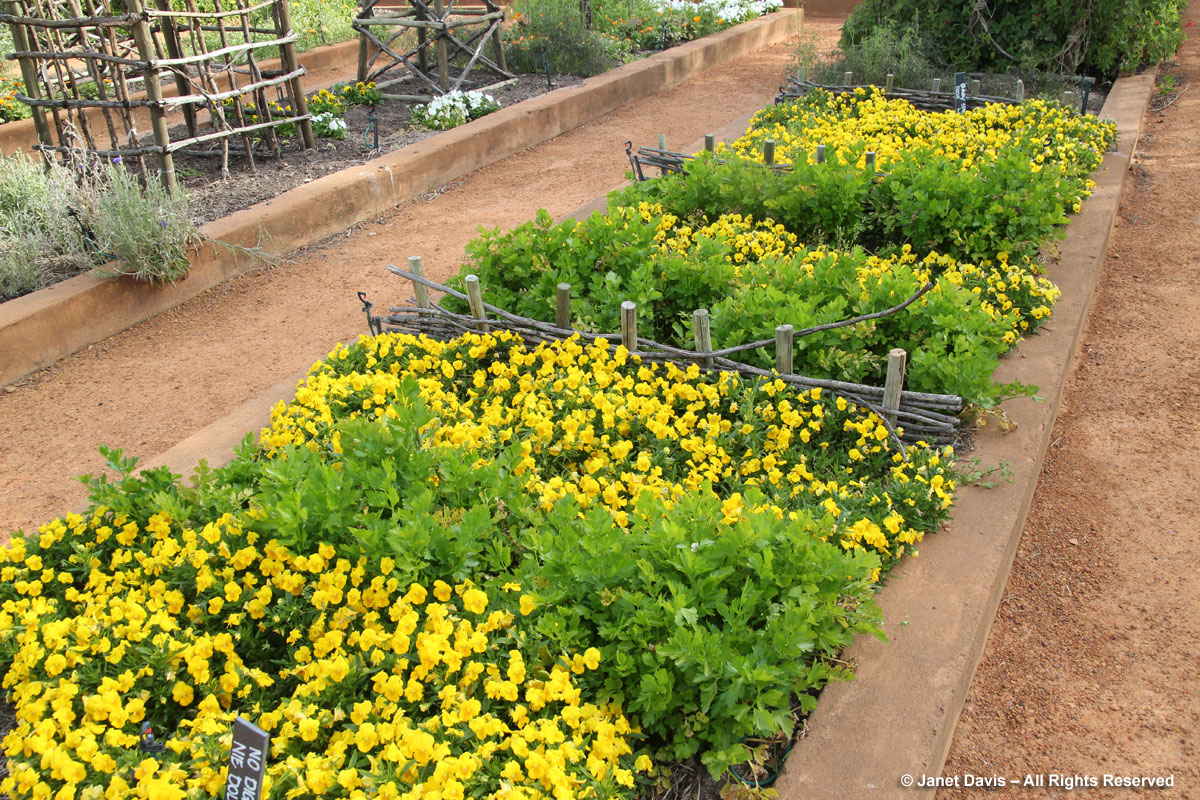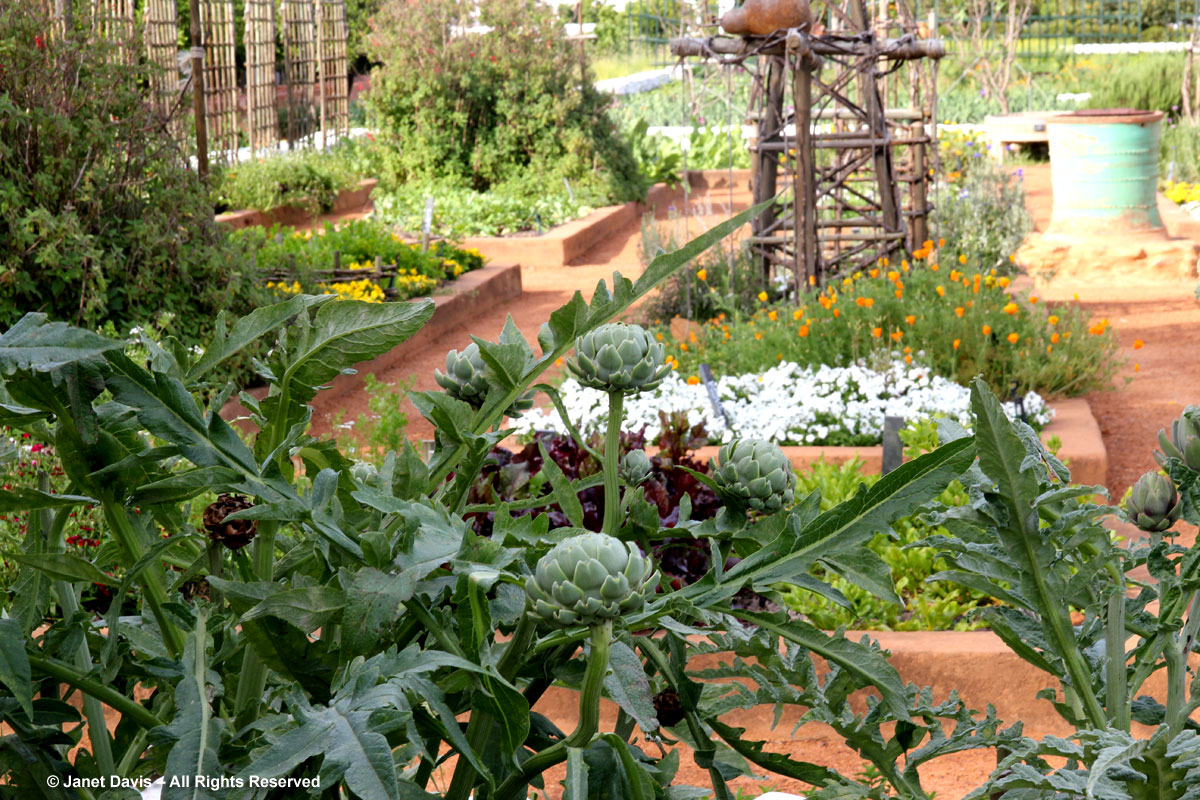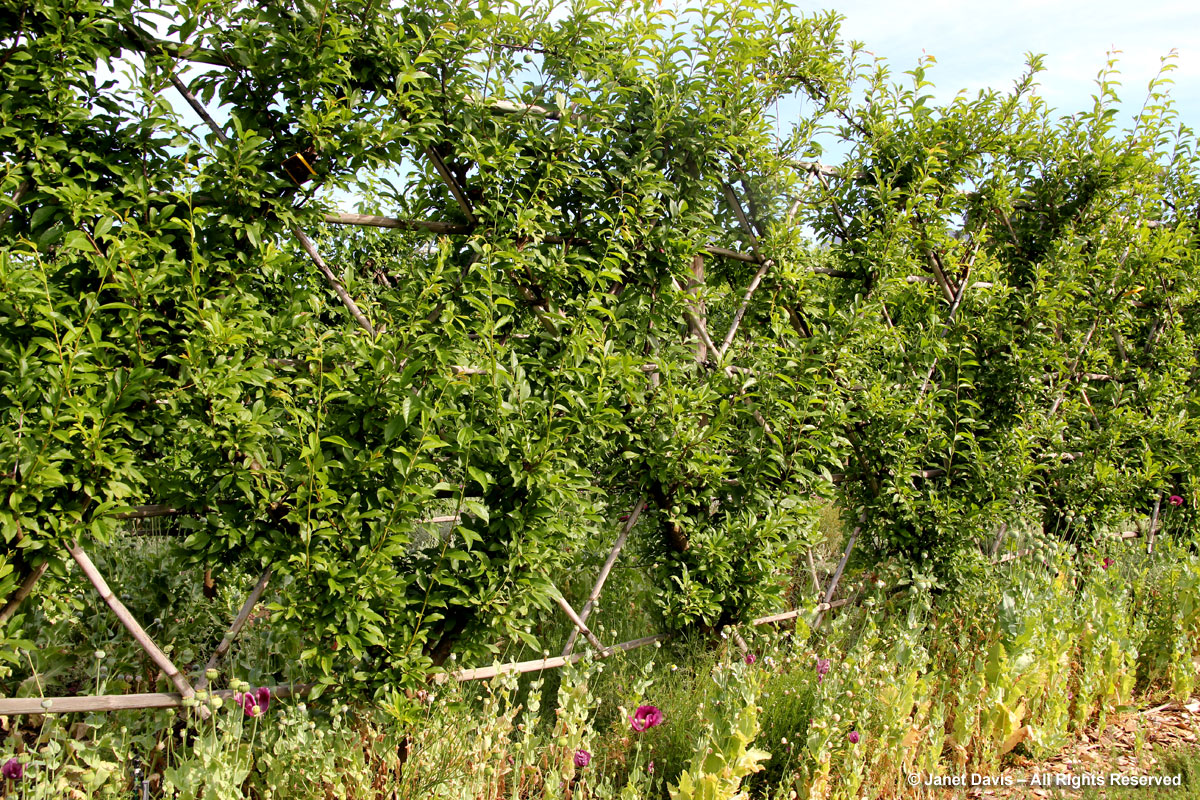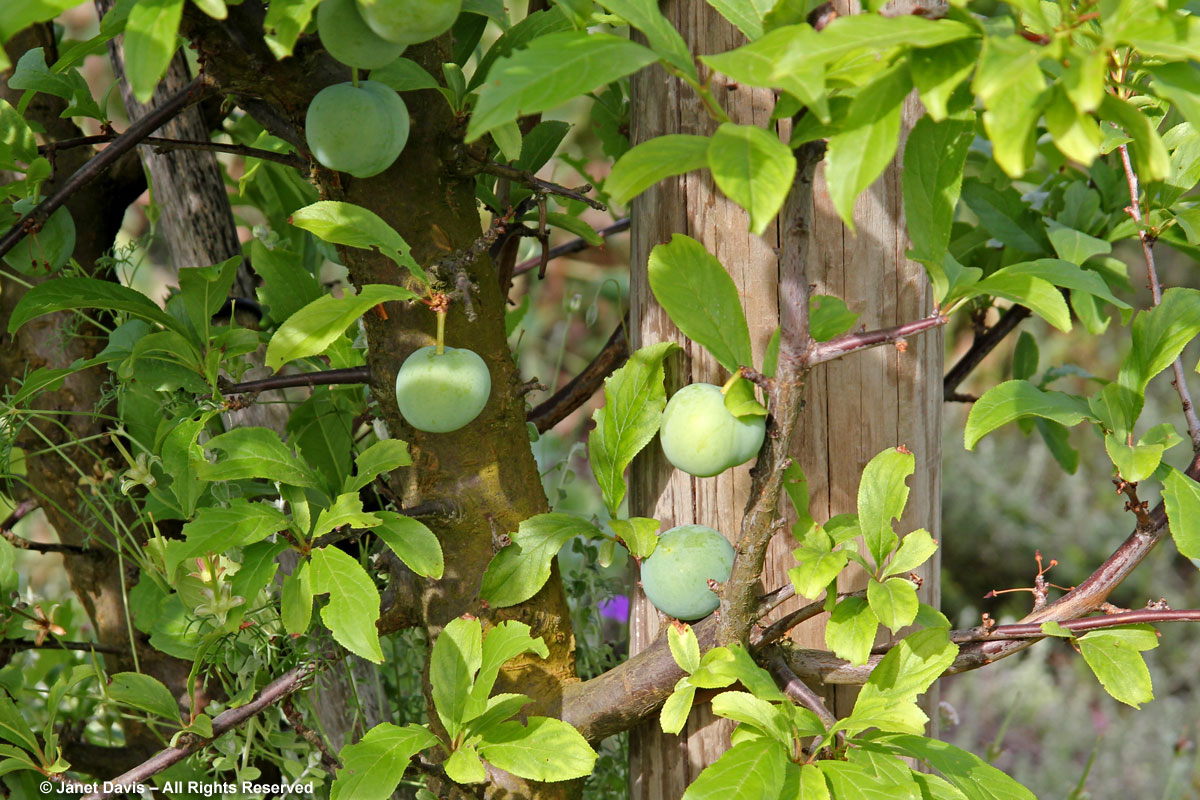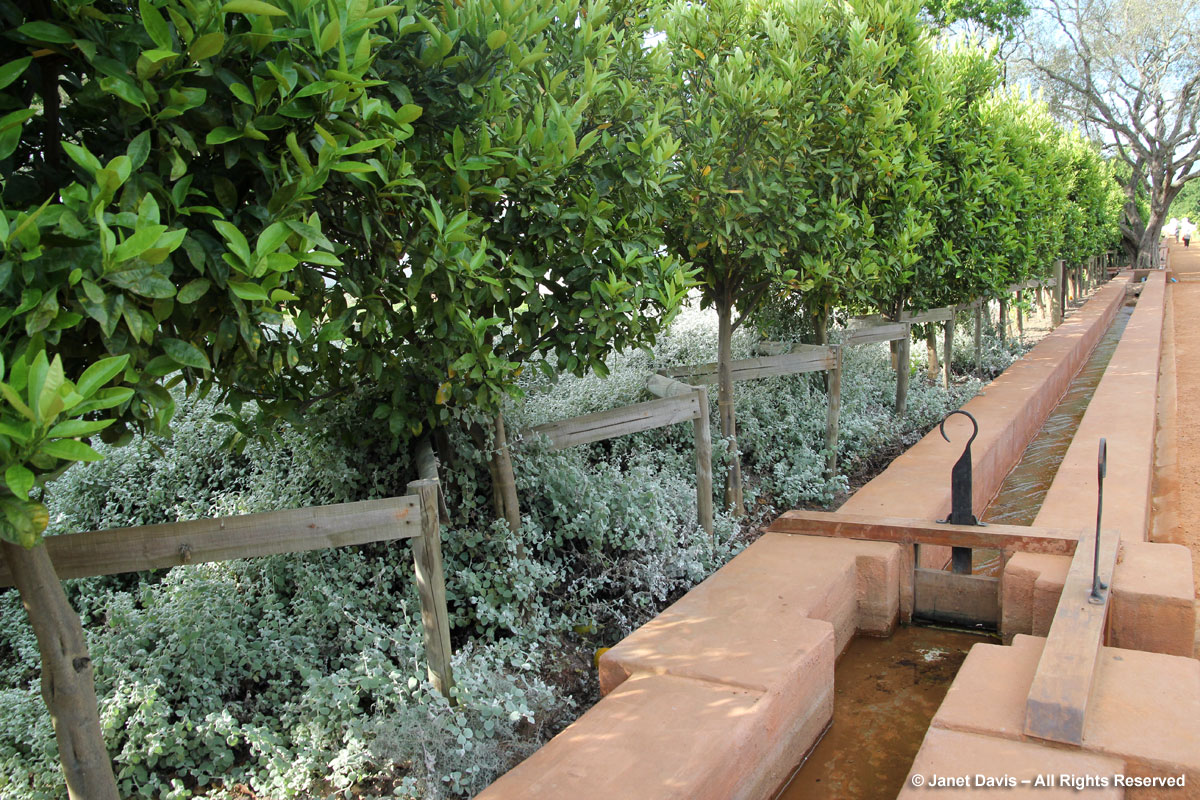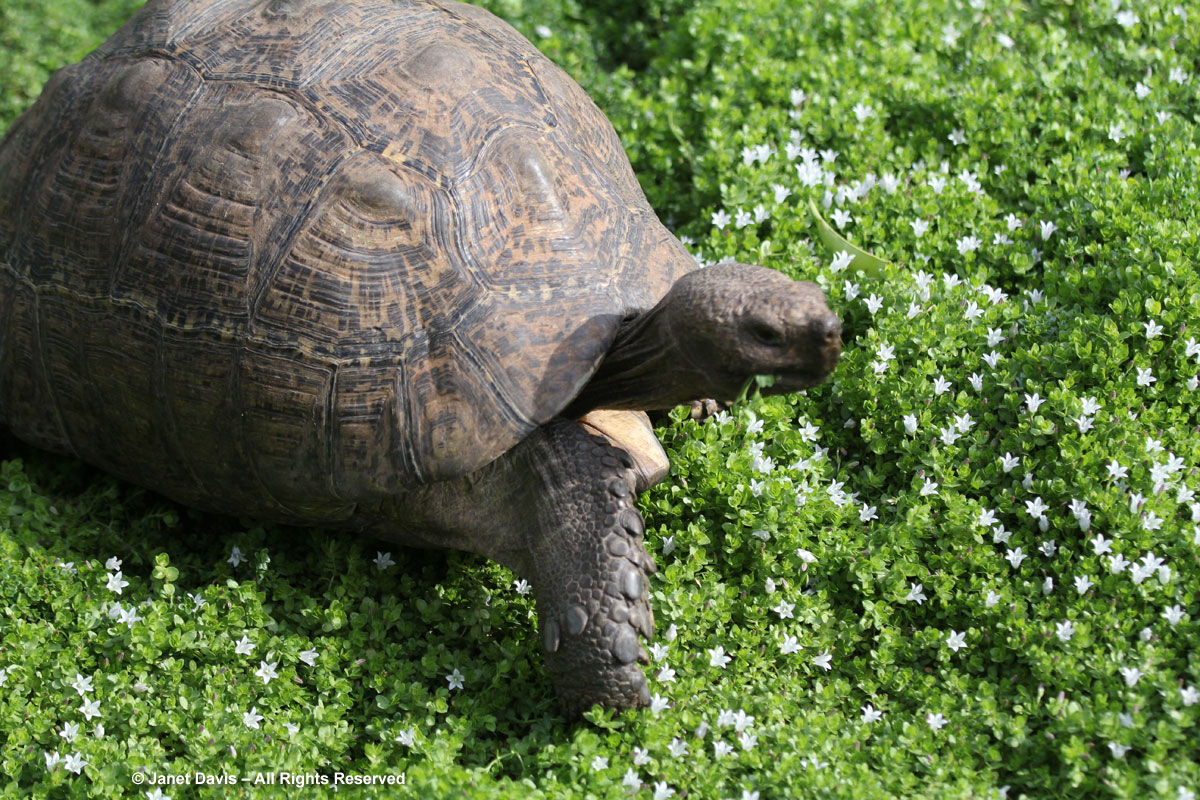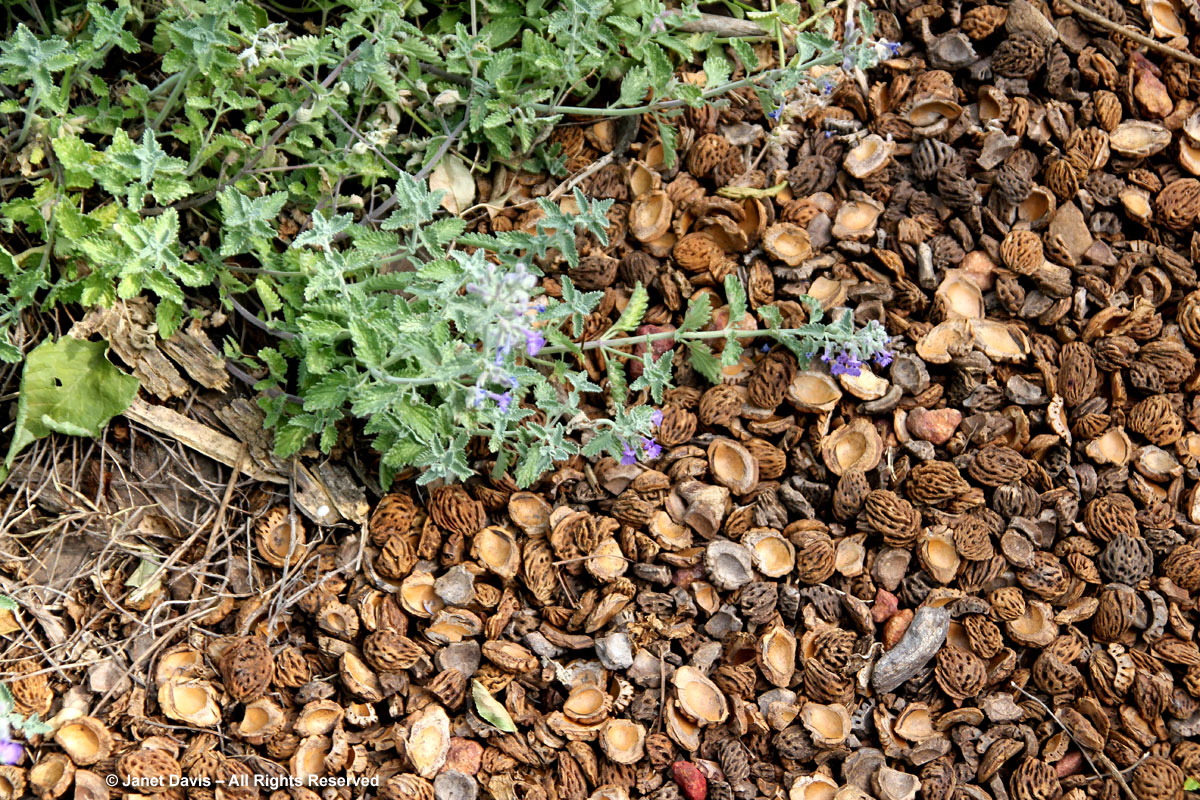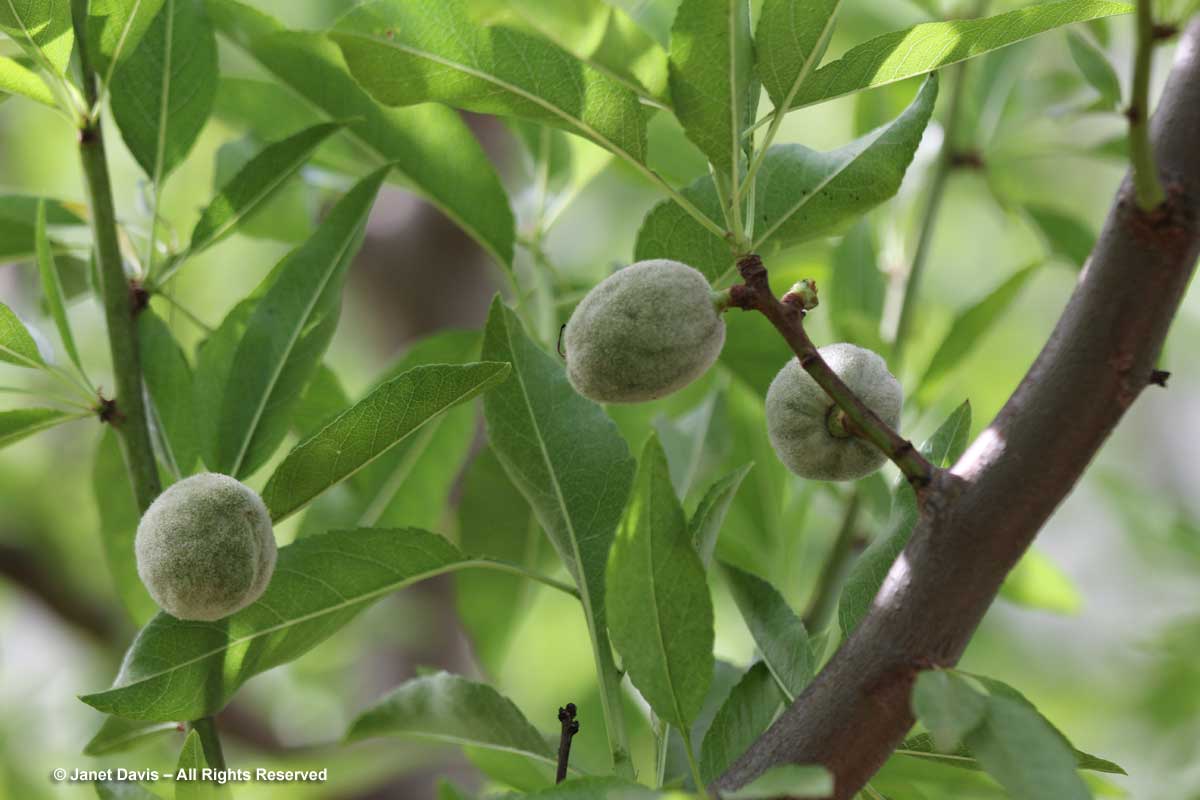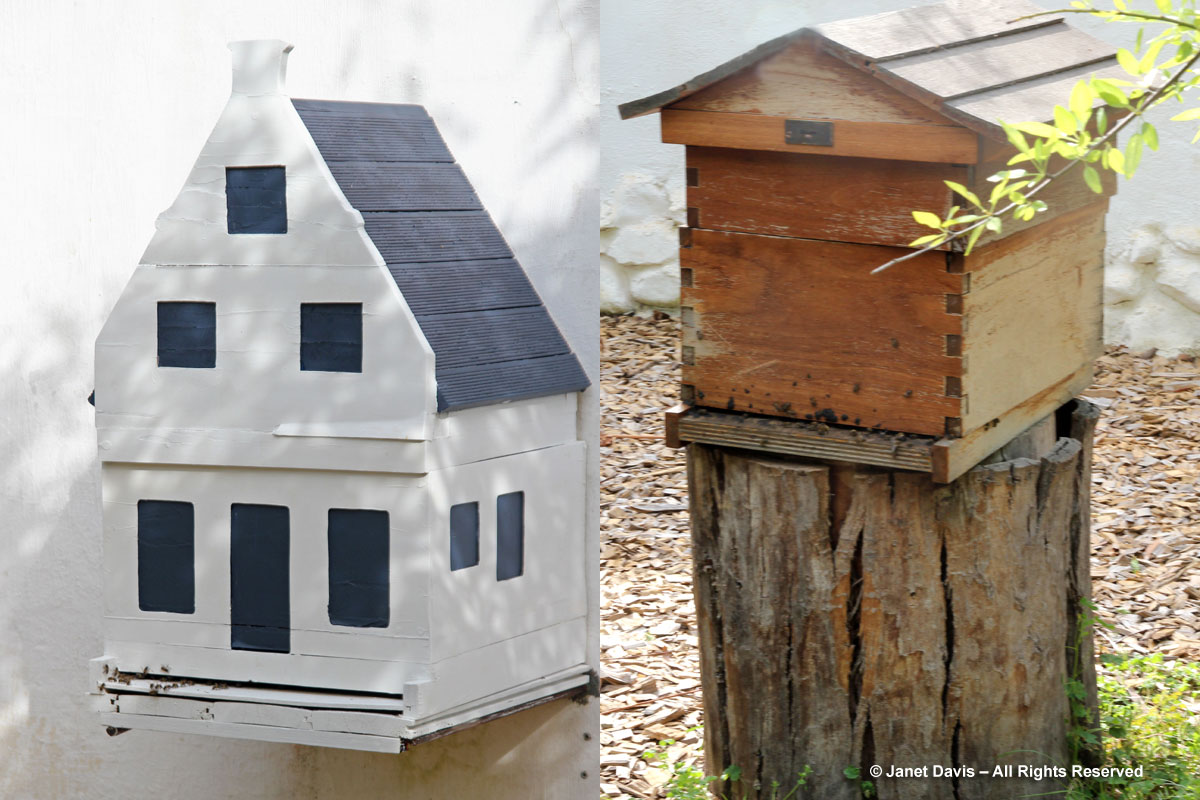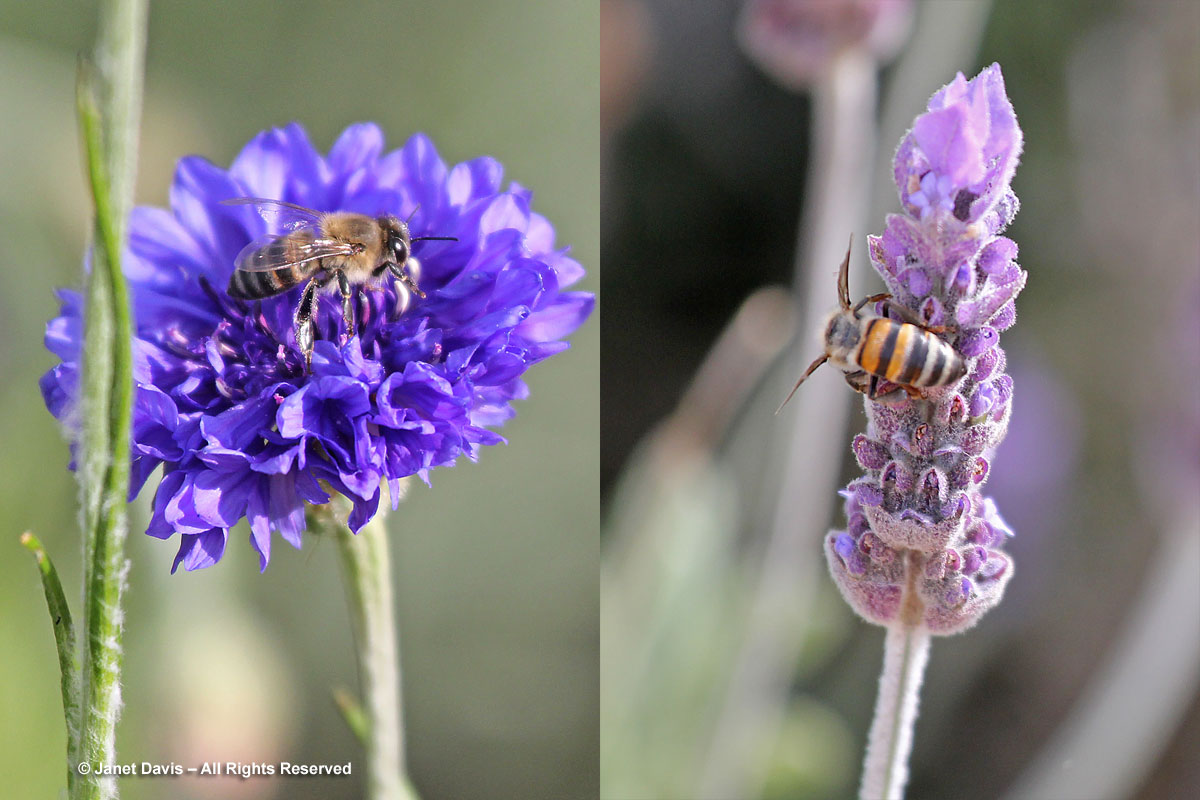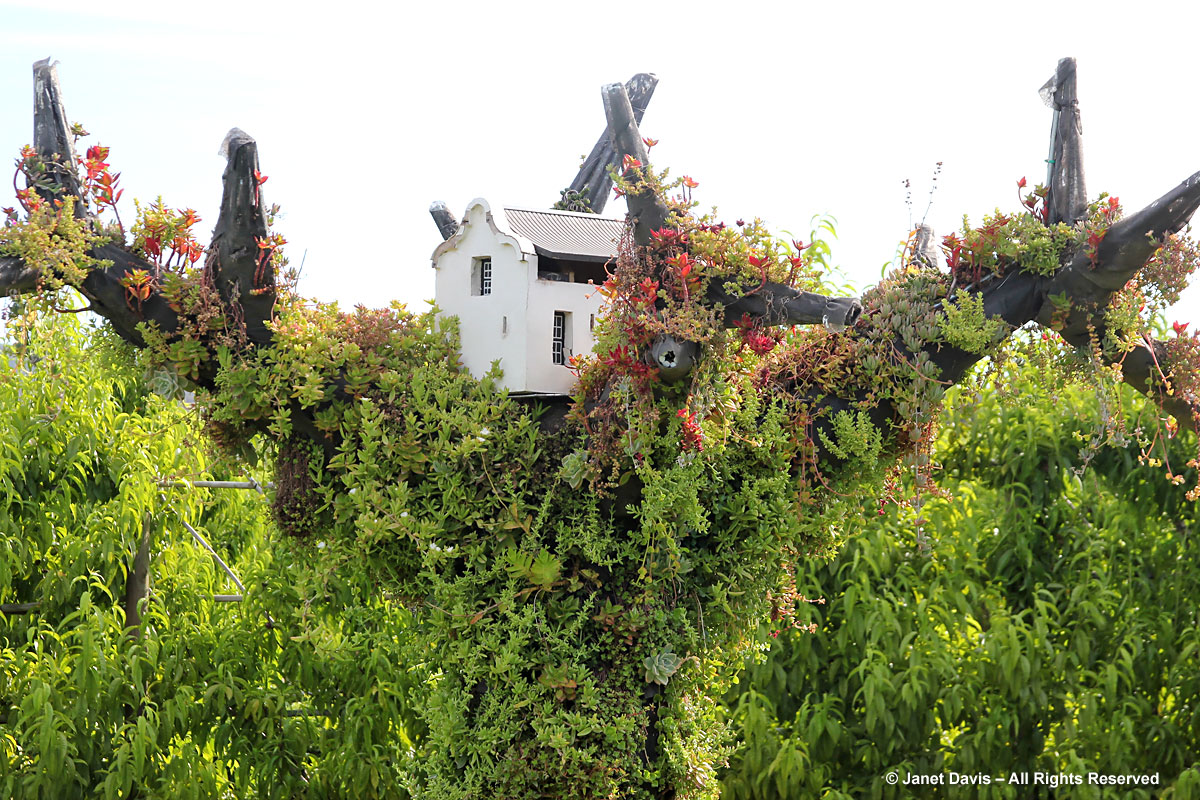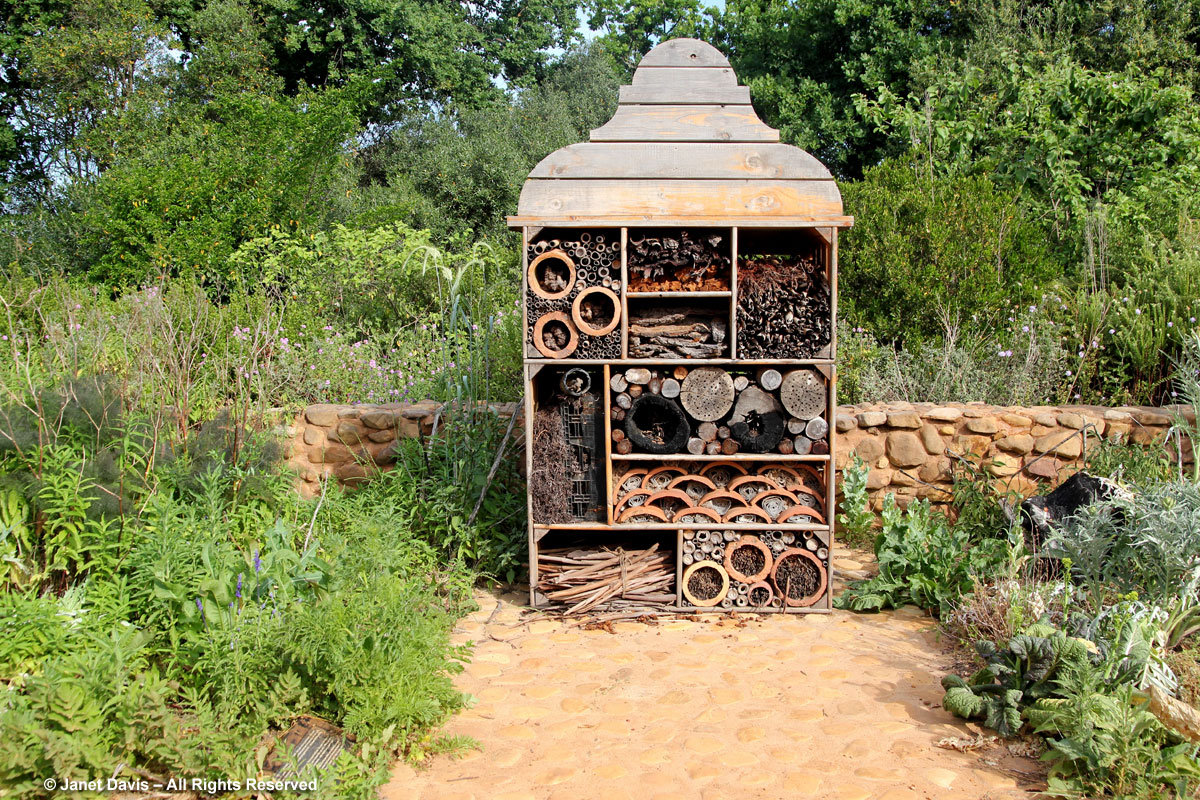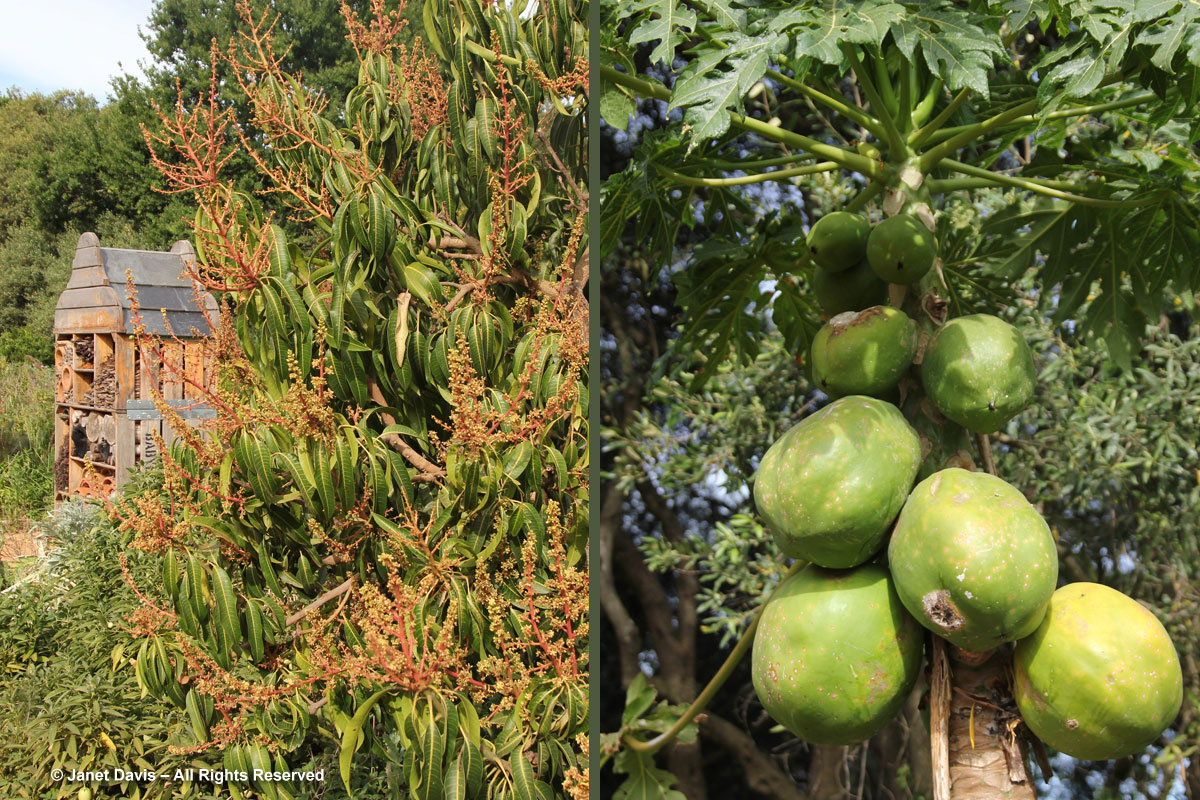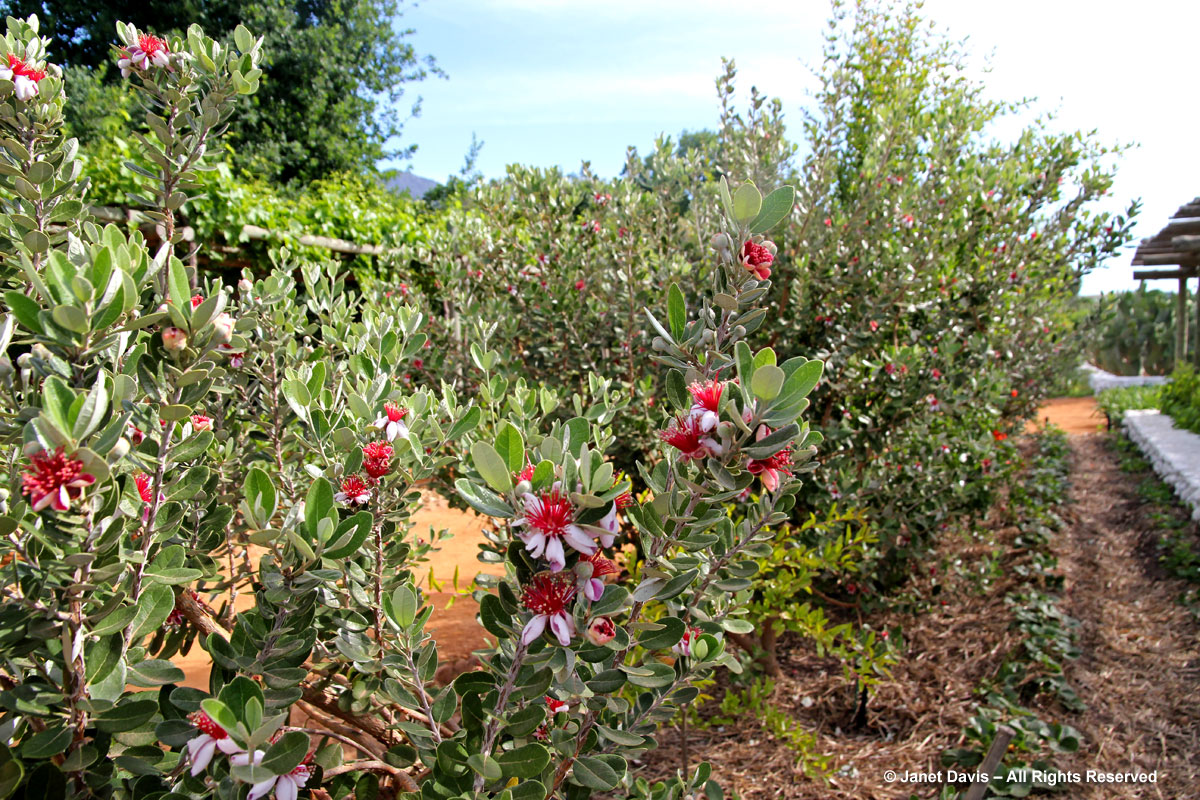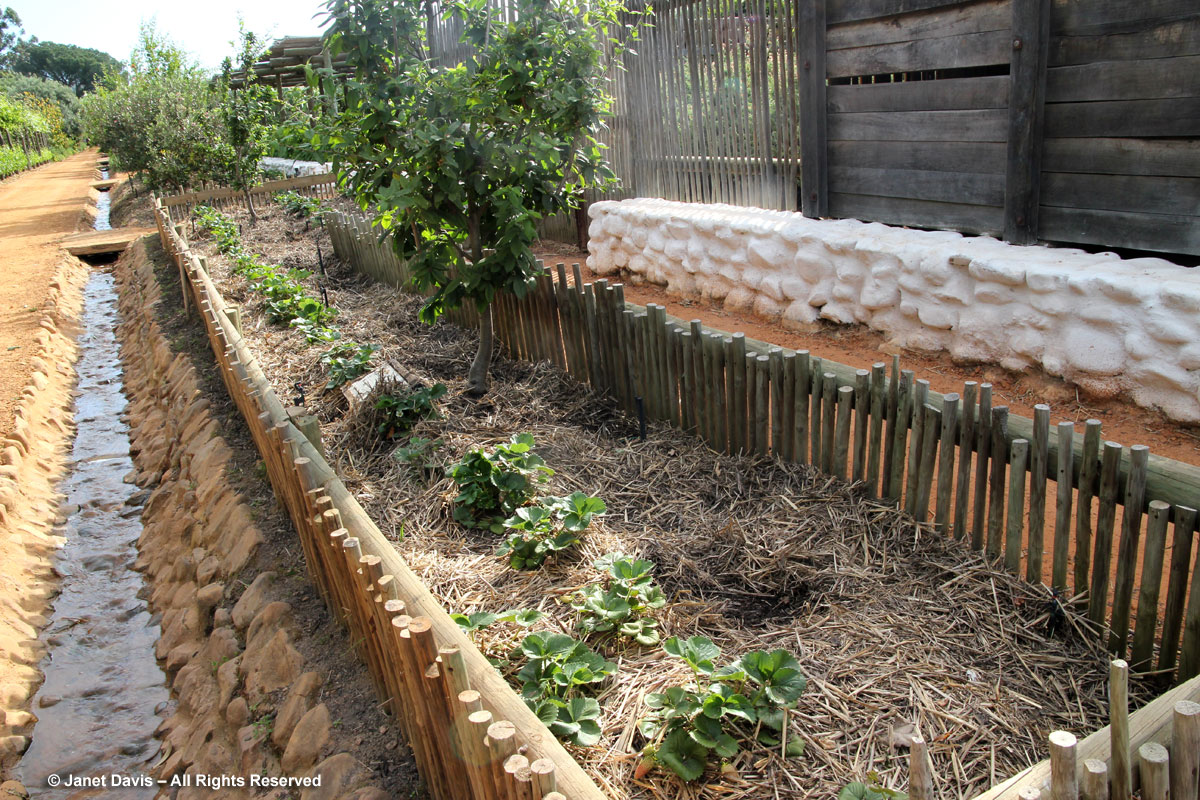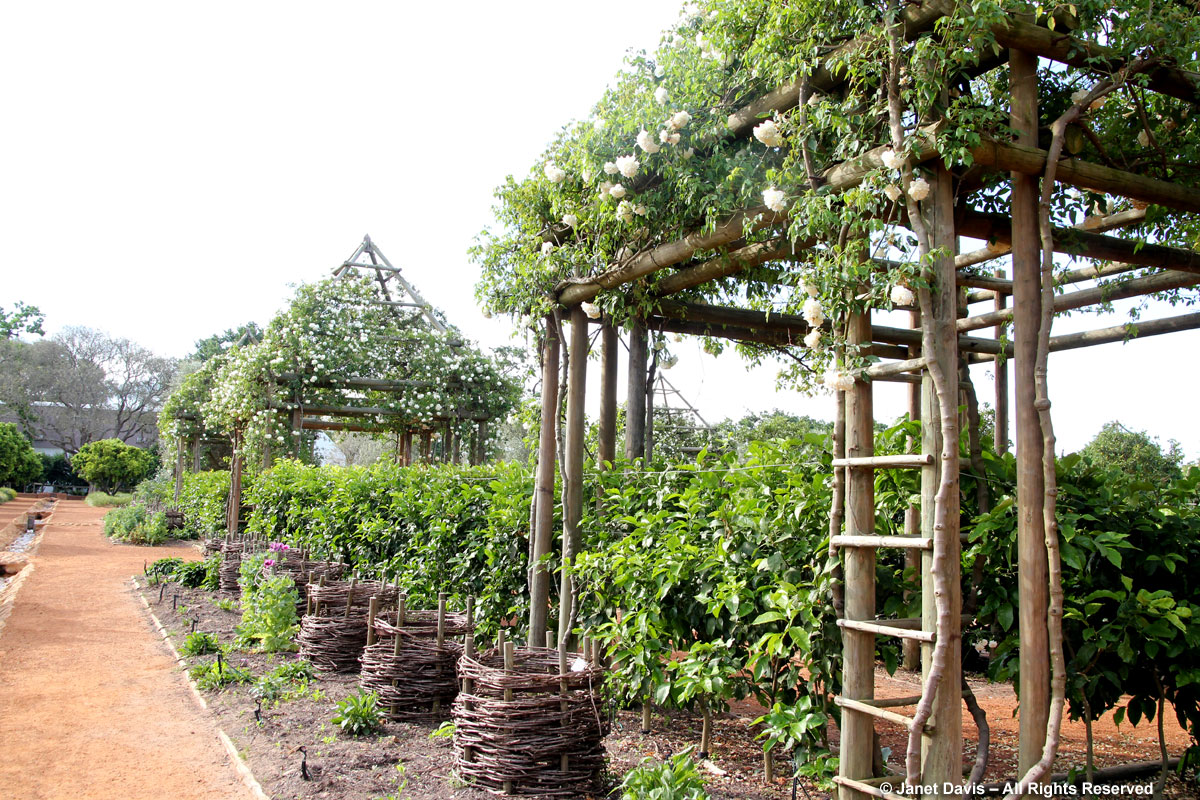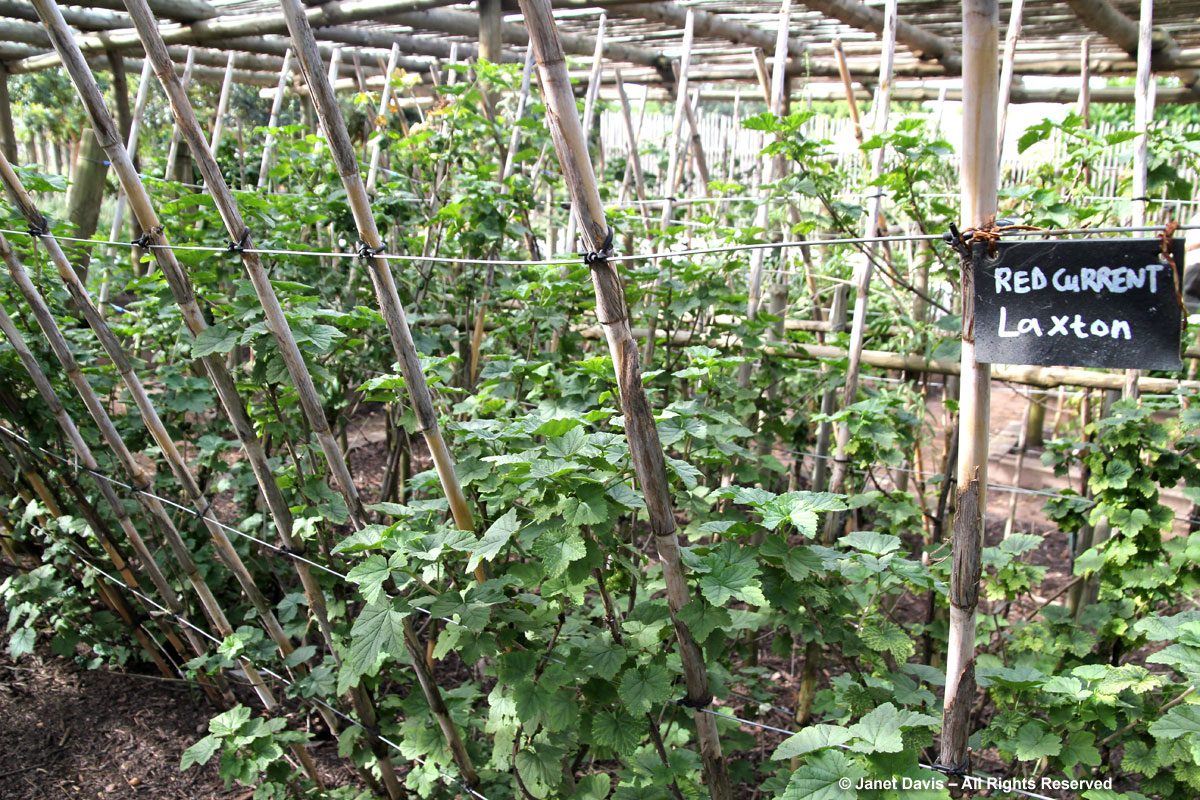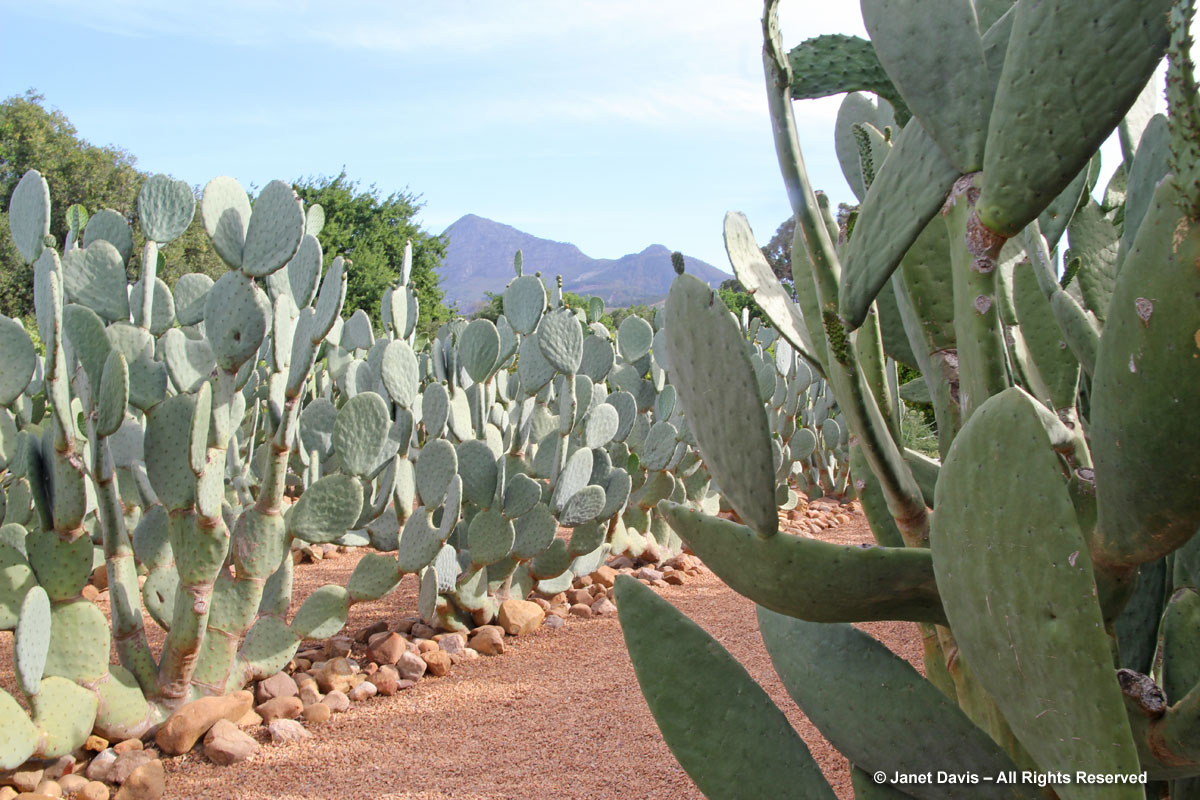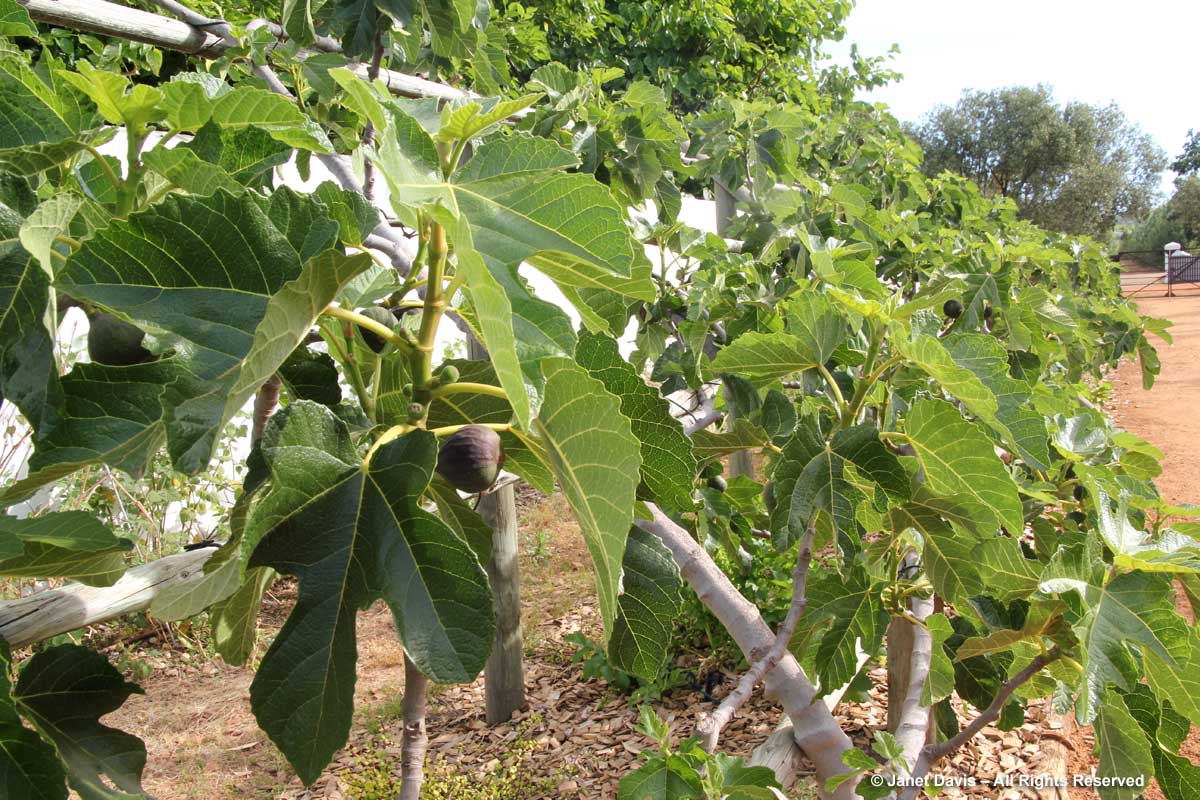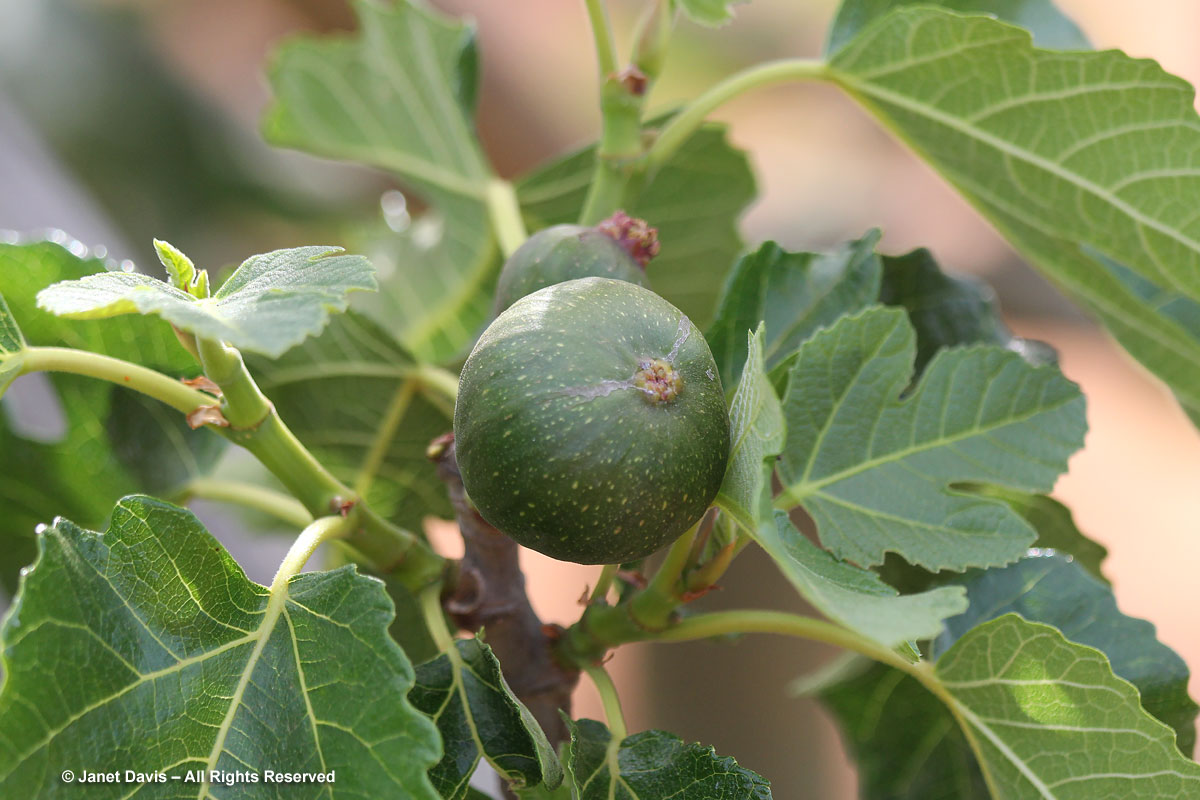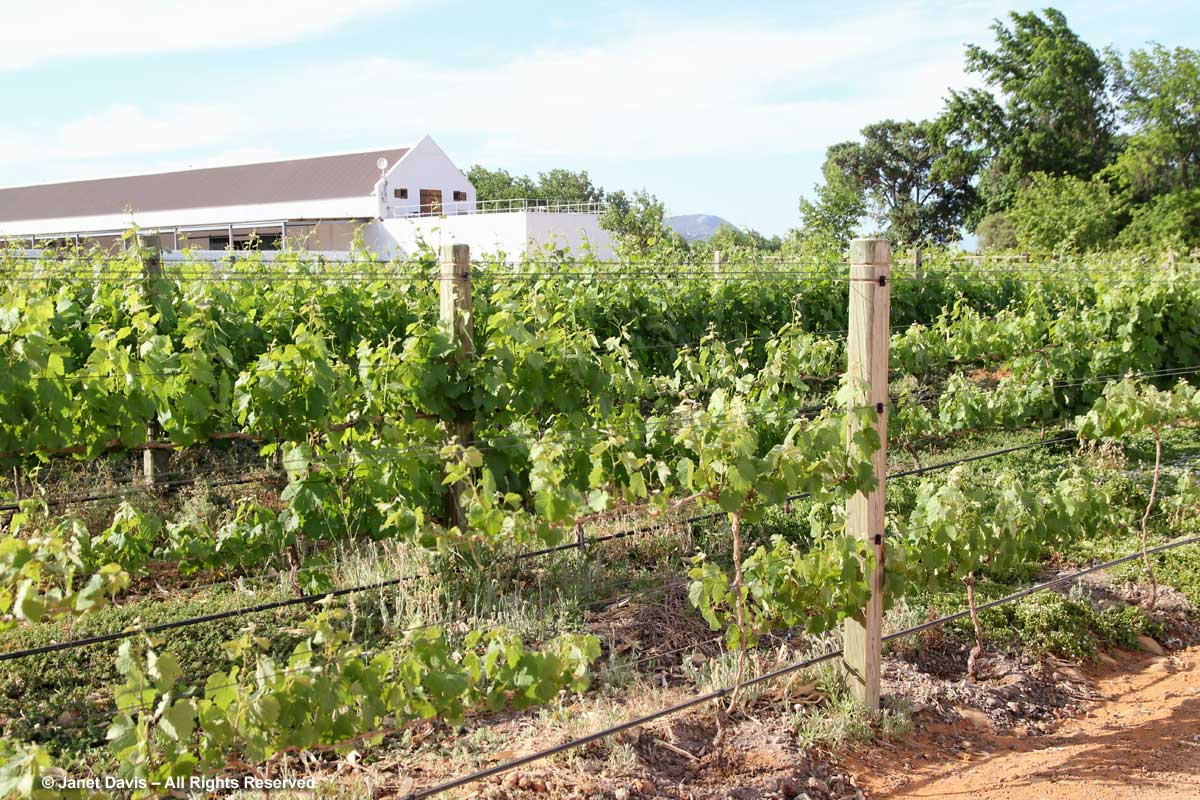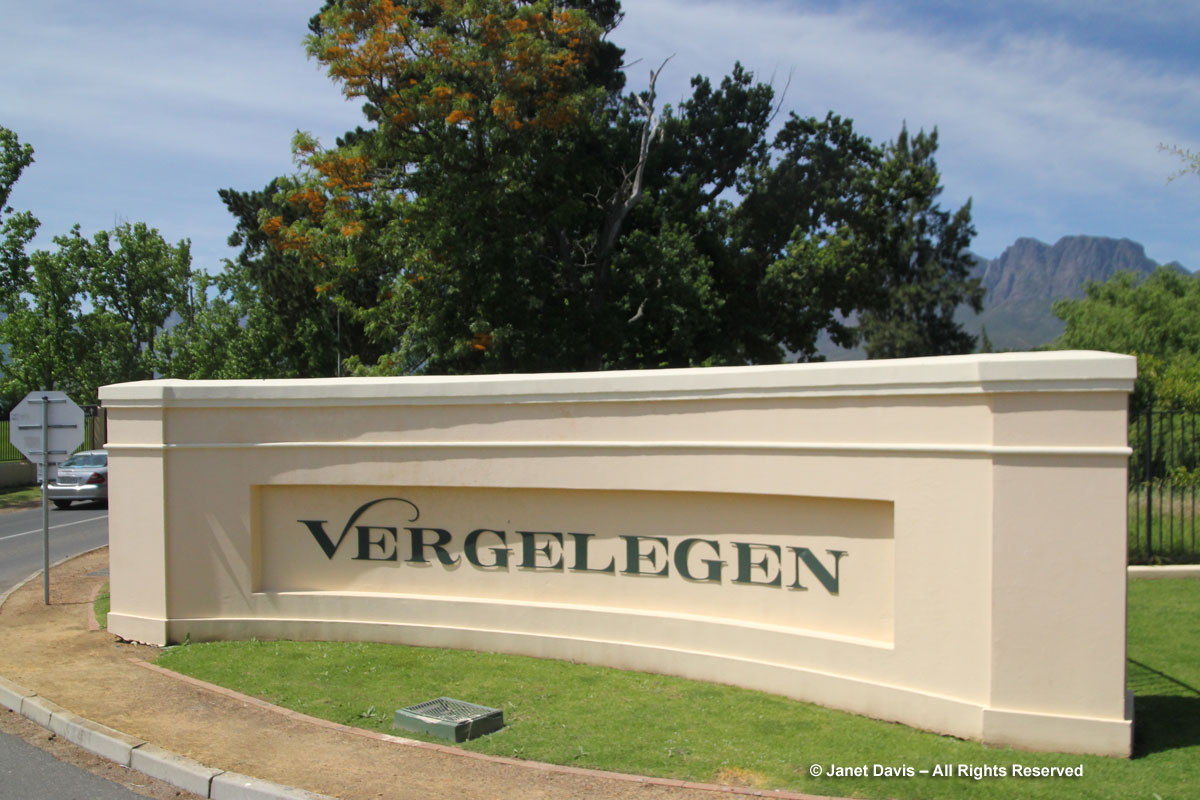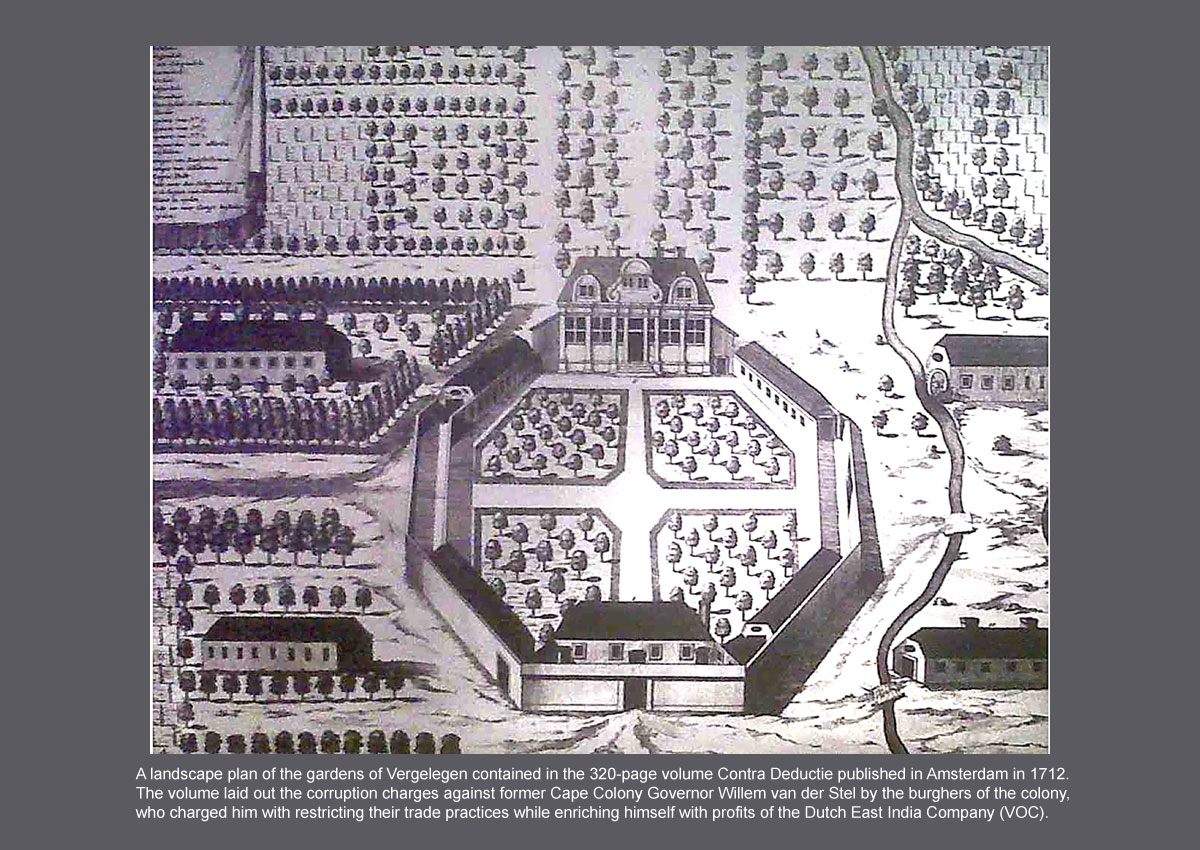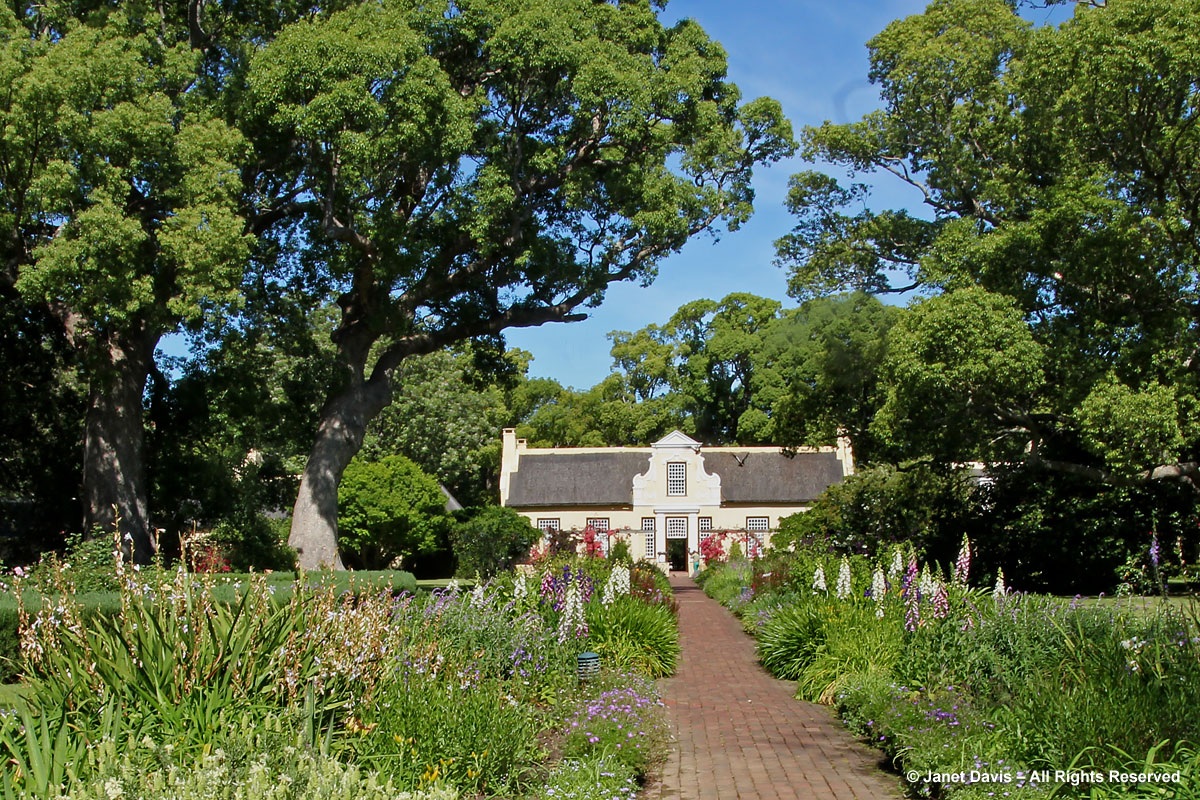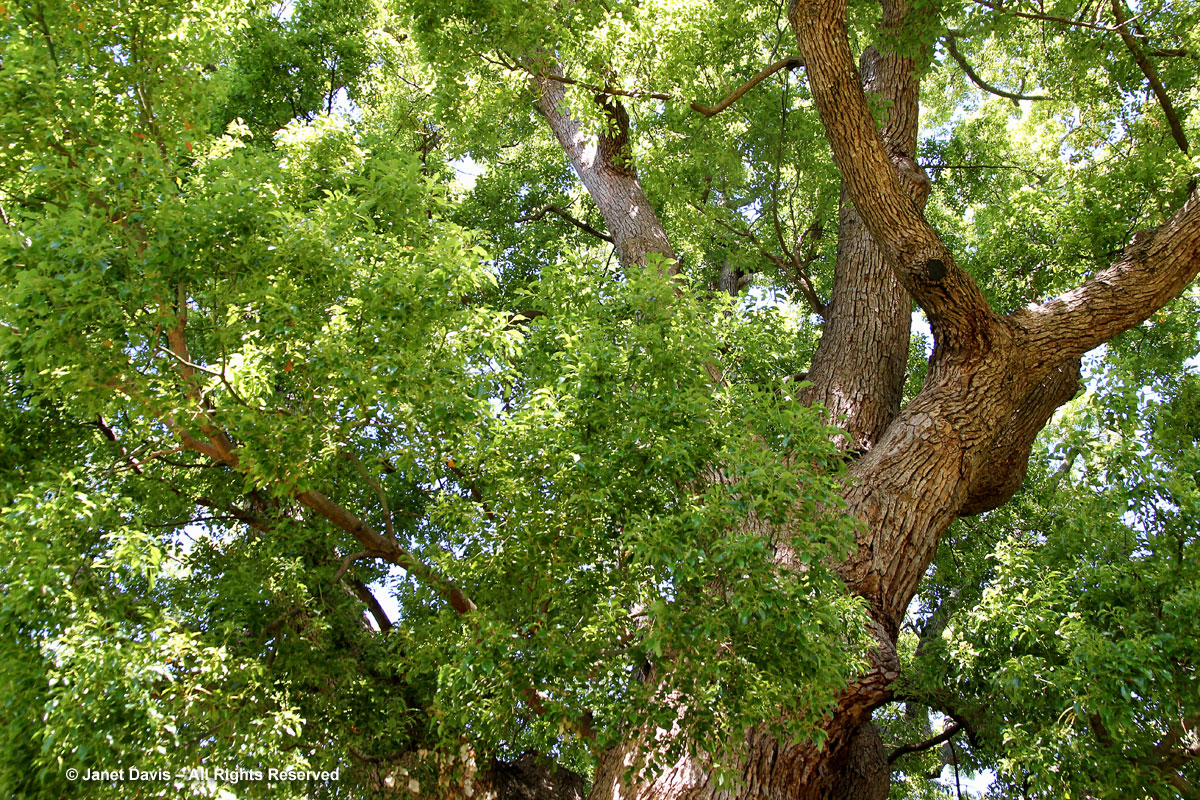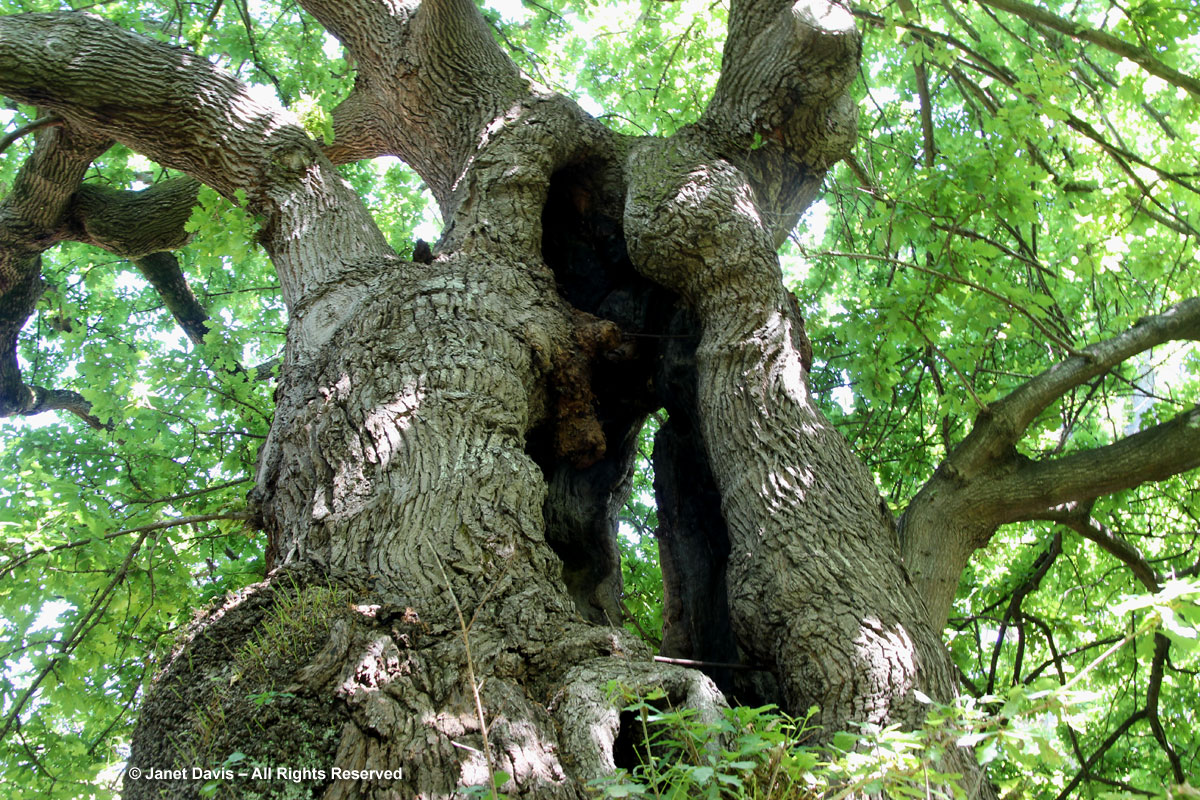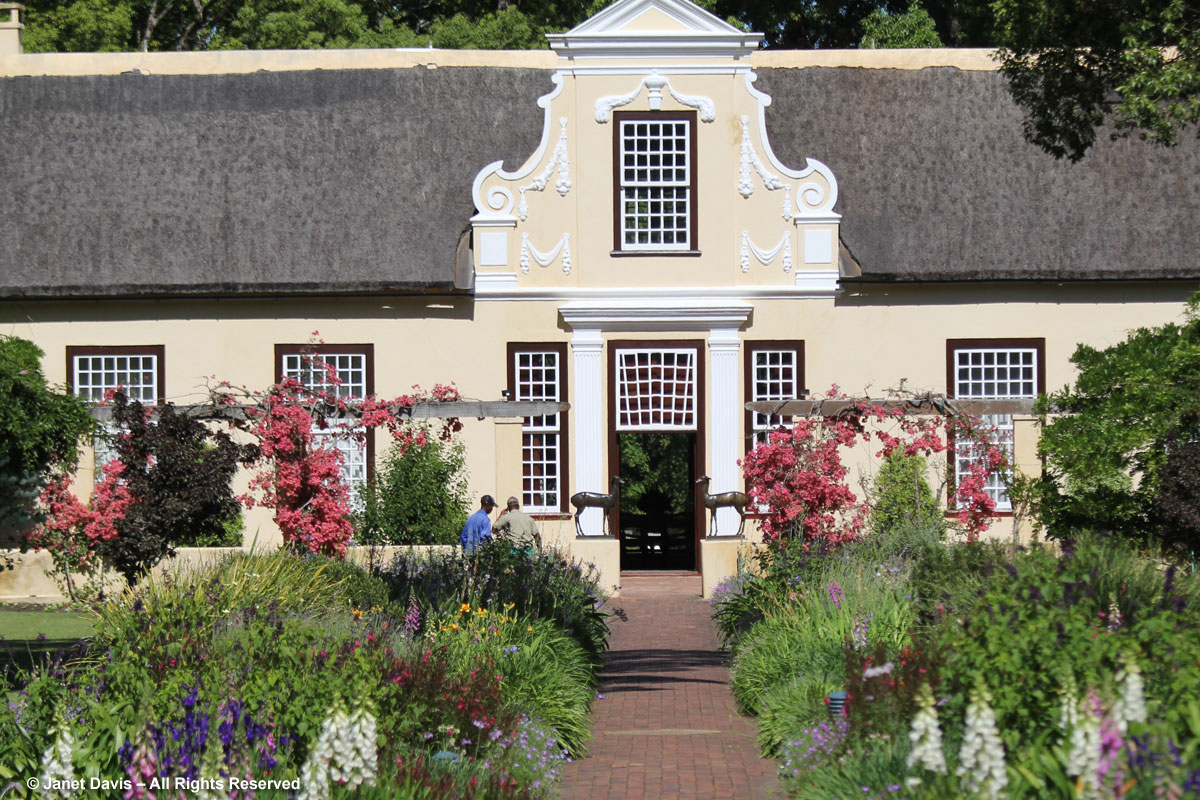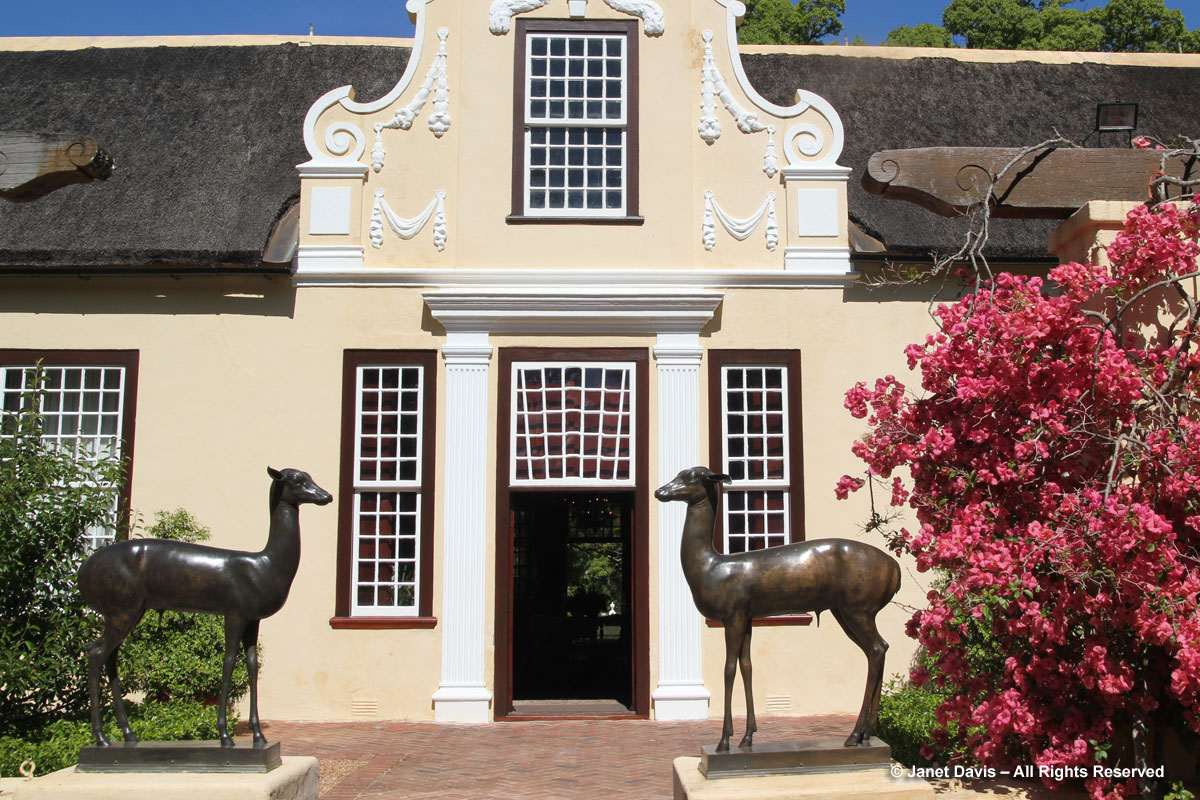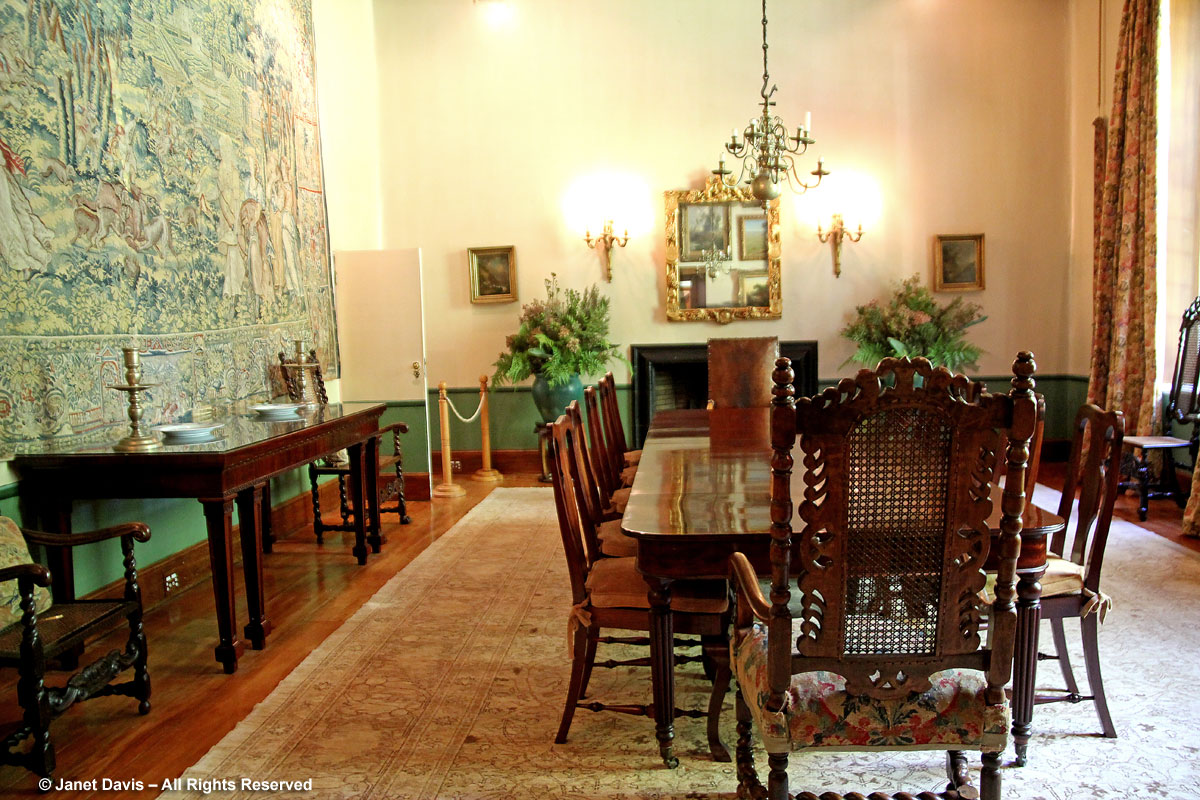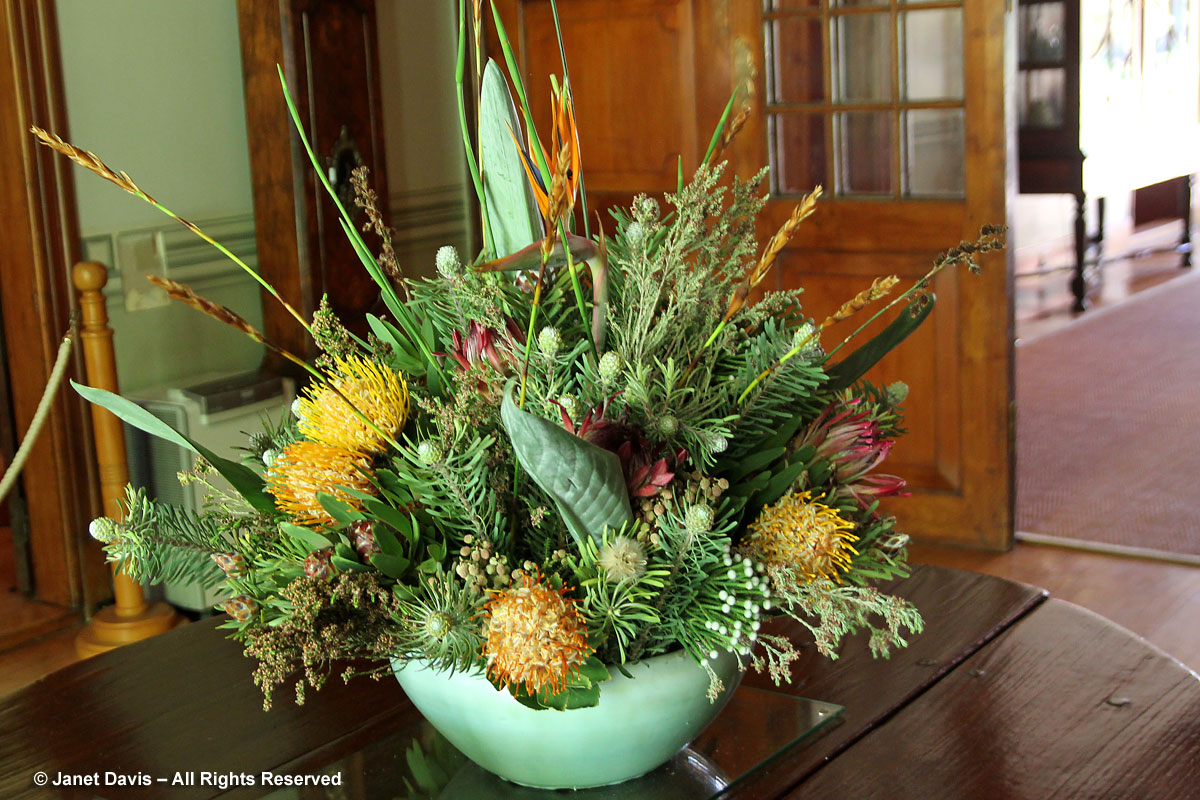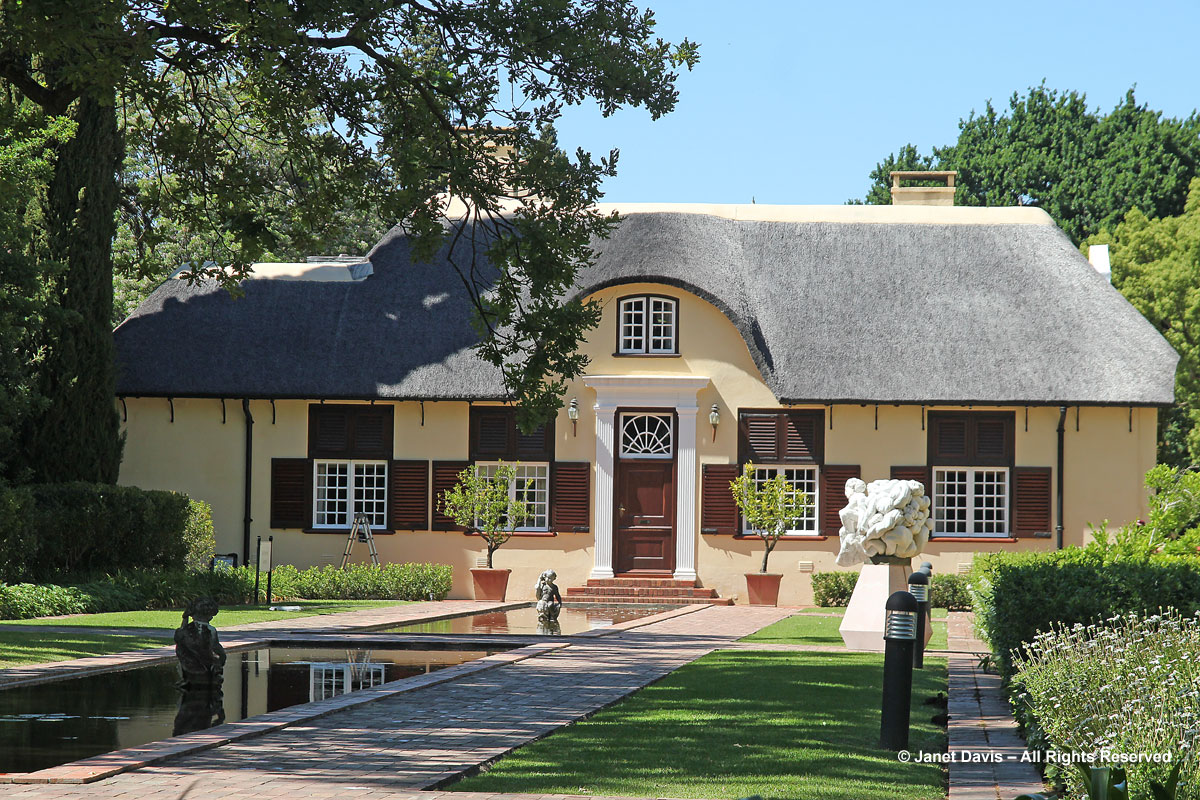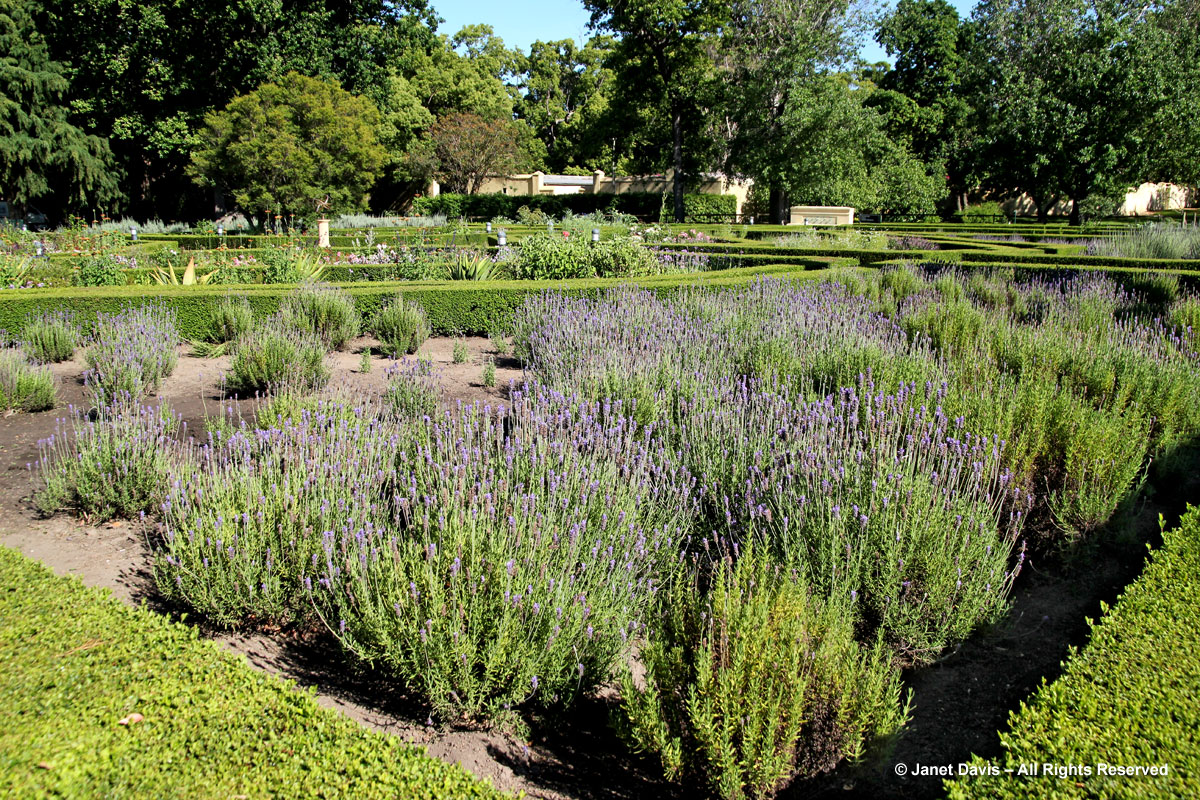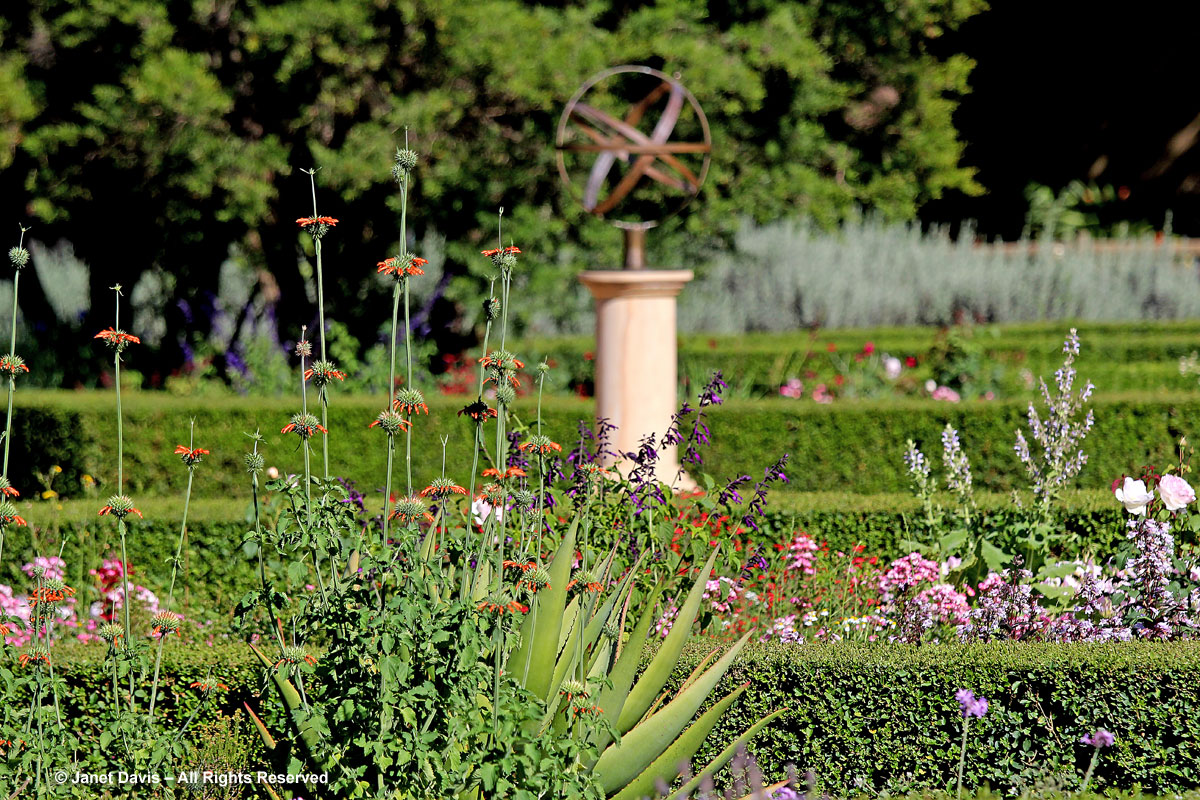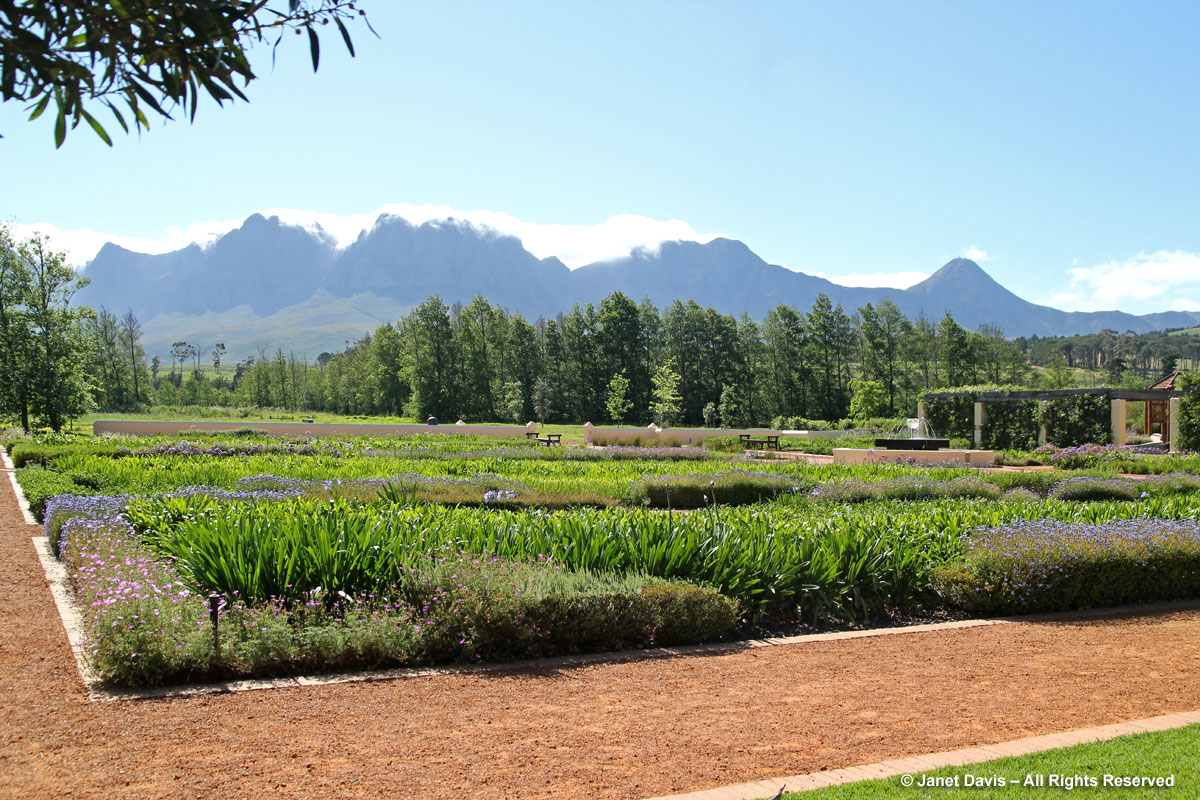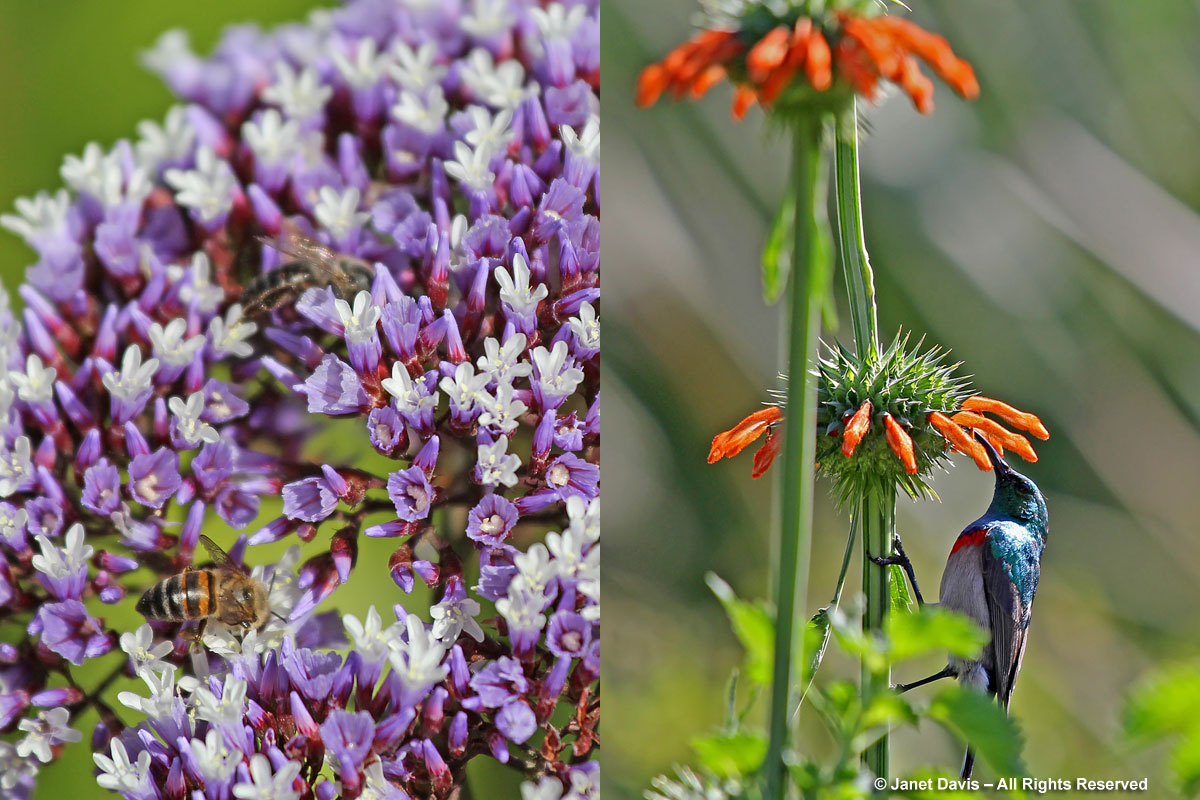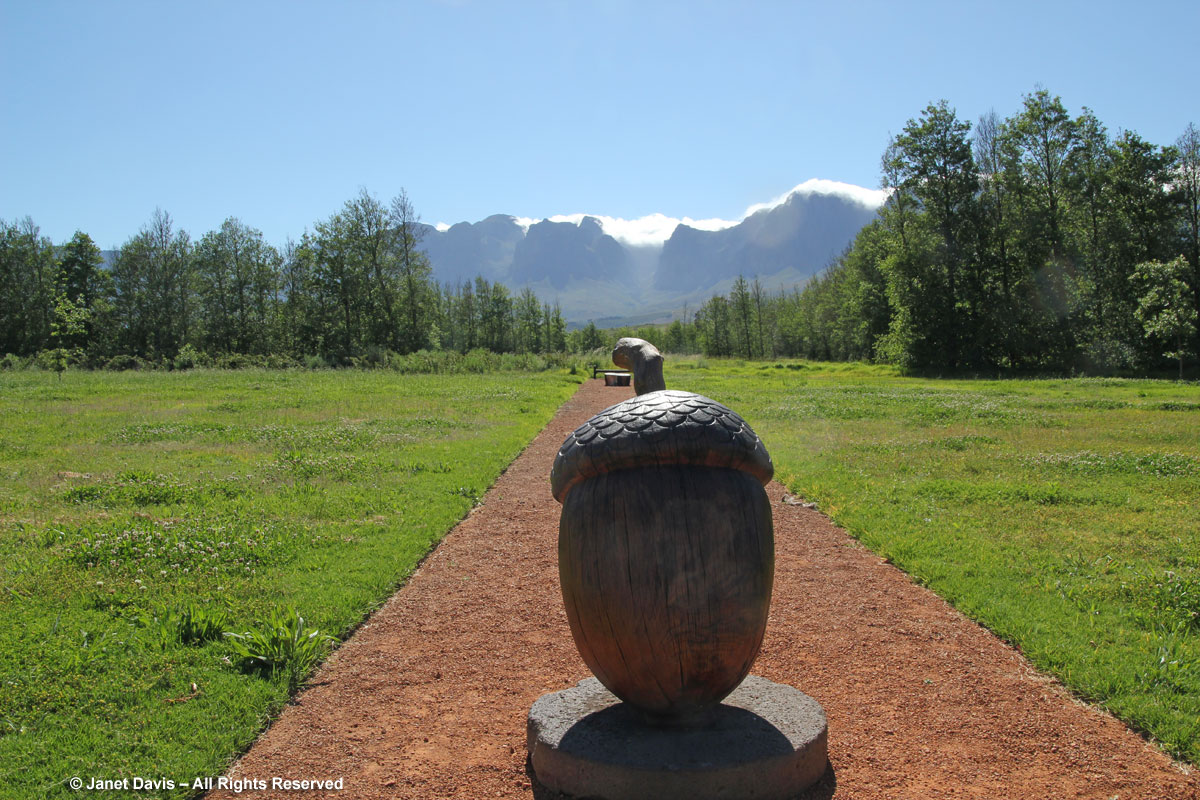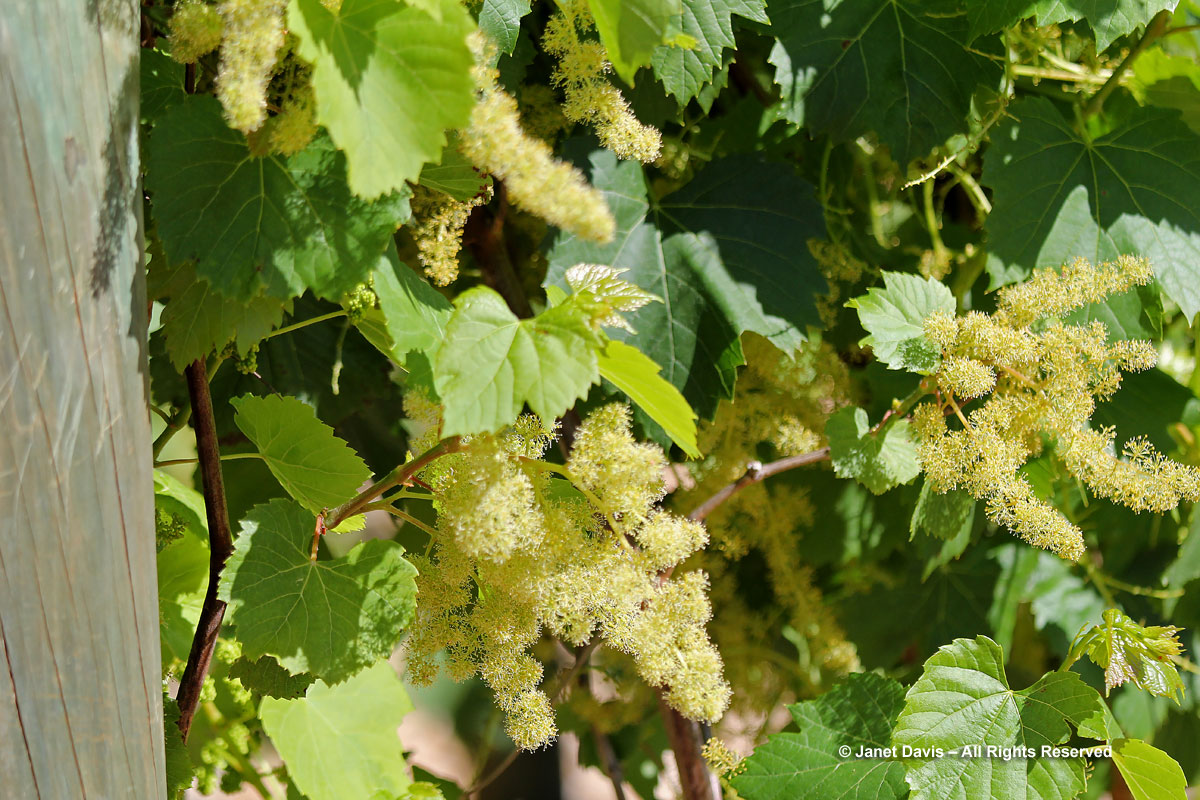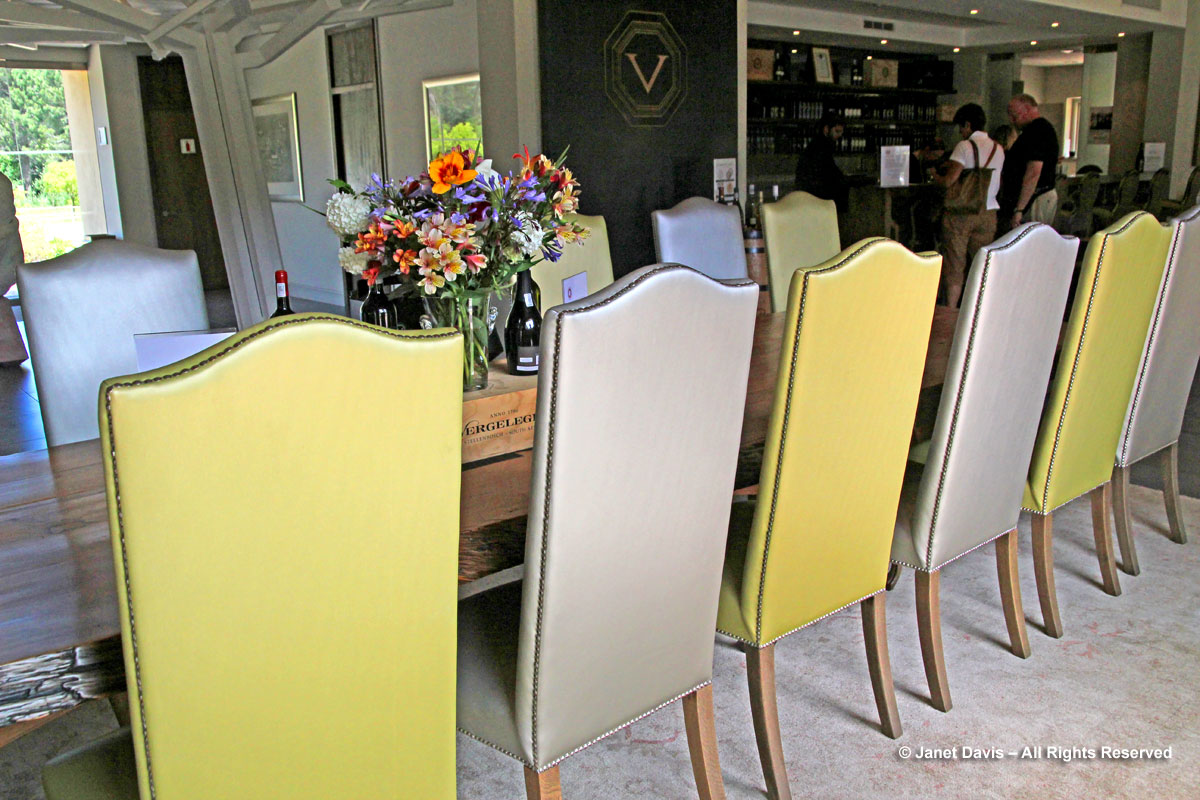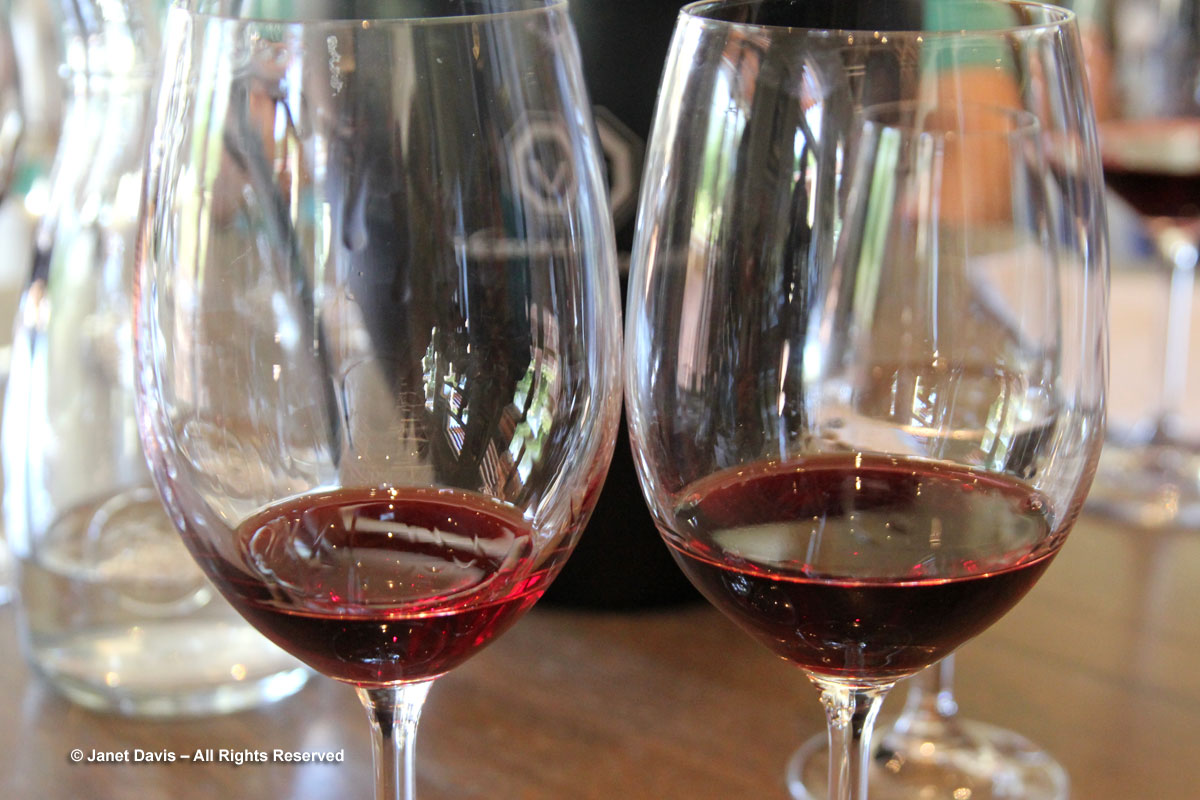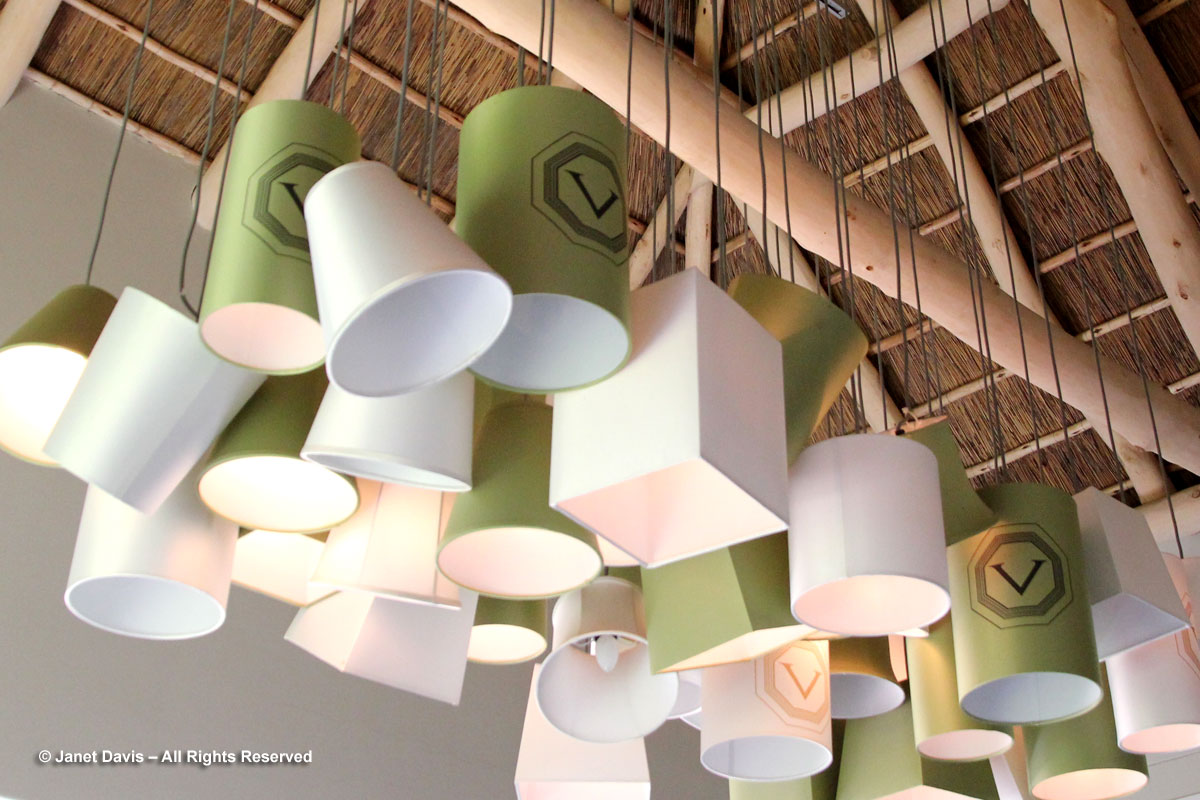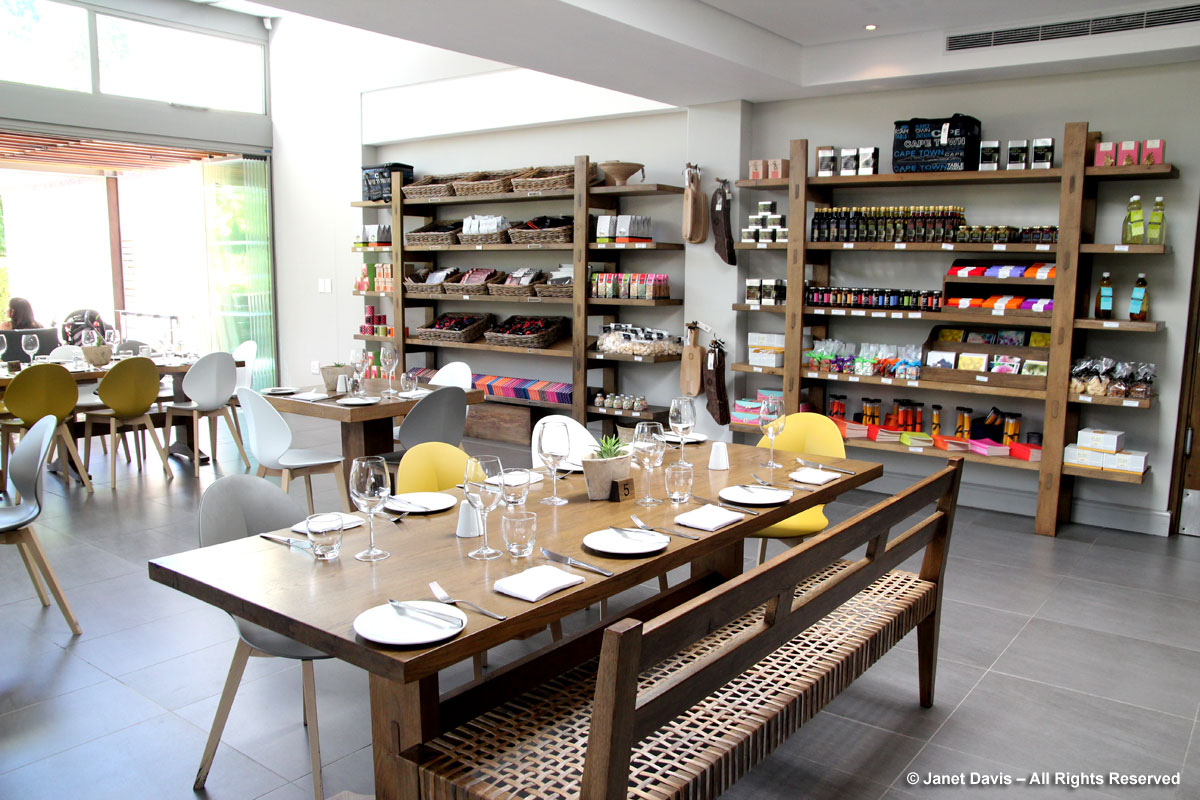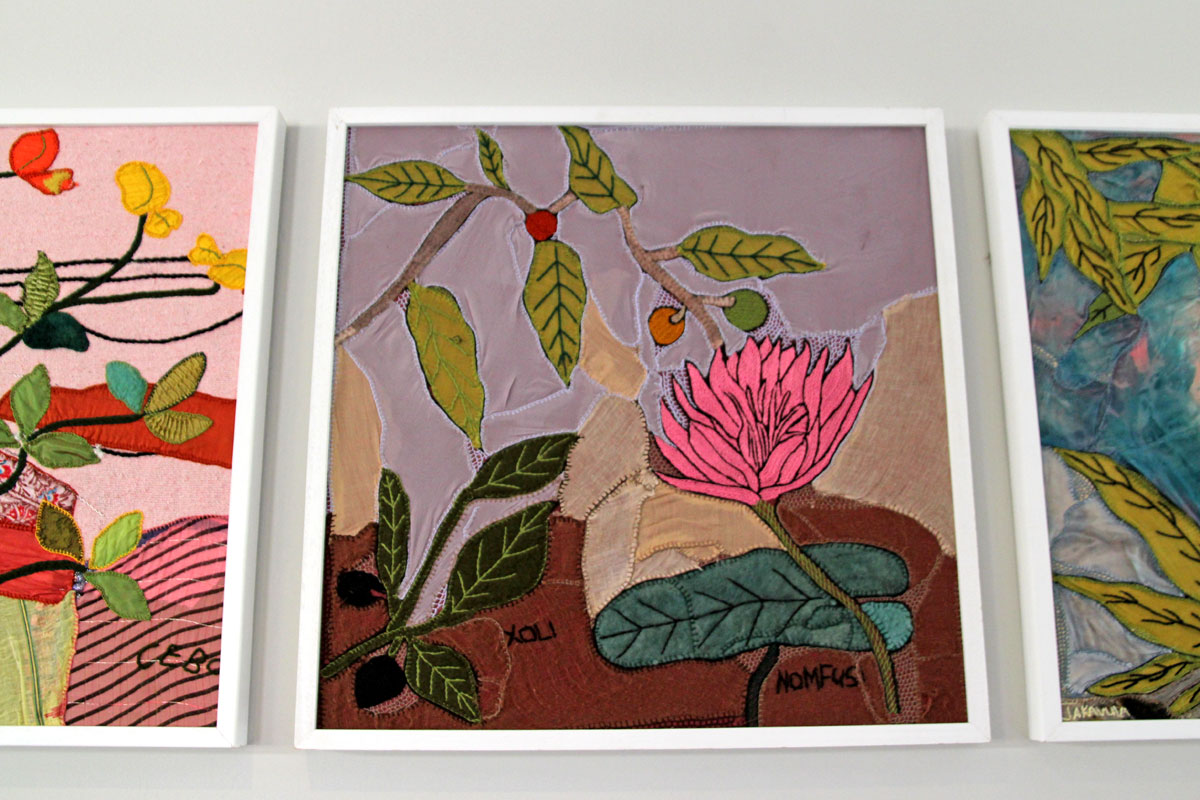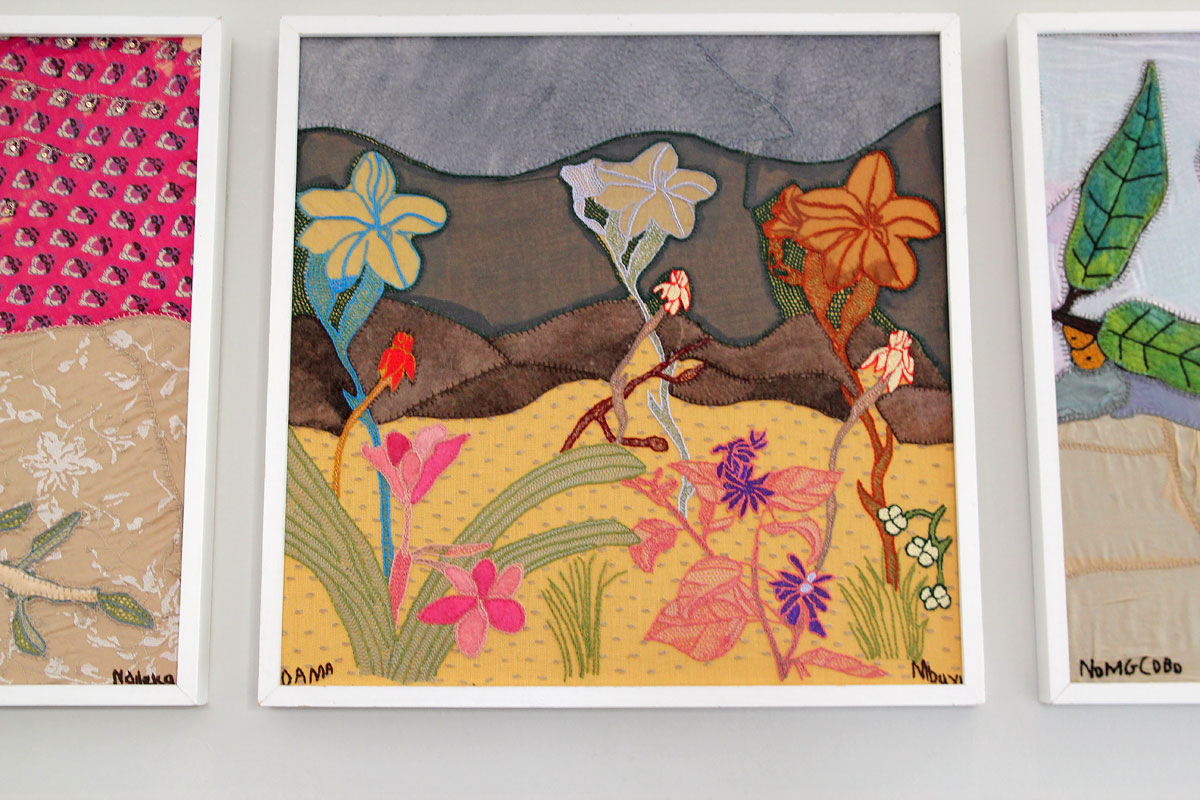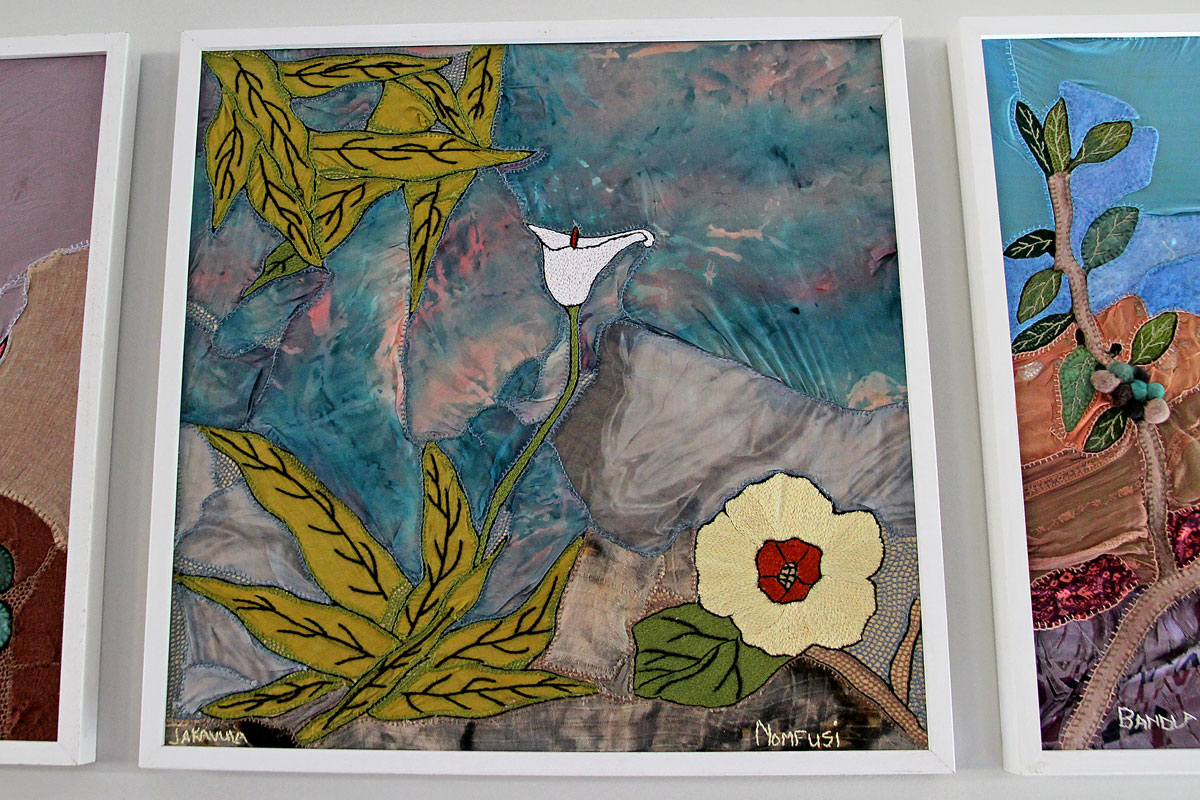If I have one small regret on our South Africa garden tour, it is that some experiences are so heady and wonderful I would love them to go on for hours…even days. Alas, there’s always a schedule to keep and another place to be. Nonetheless, I feel that longing acutely in the afternoon of Day 11 of our tour – a day in which we also visited Vergelegen in Somerset West, before dropping in on Henk Scholtz in Franschhoek. Now we are setting out to explore the spectacular gardens at Babylonstoren.
But first, a little background. Like many large farms in the Western Cape, Babylonstoren has a very old pedigree. Situated between Franschhoek and Paarl in the Drakenstein Valley about 37 miles (60 km) from present-day Cape Town, it was part of the original land grants to Dutch settlers and established in 1692 by Pieter van der Byl, a former soldier with the Stellenbosch Dragoons. A koppie (small hill) on the land reminded him of the biblical tower of Babel, thus was born the farm’s name. (The full history of the farm and its various owners can be found online)
Now fast forward more than three centuries to 2007 when media power couple Karen Roos (former editor of Elle Decoration) and her husband Koos Bekker (CEO of the large media group Naspers) found Babylonstoren while looking for a weekend retreat to remind them of the farms on which both had grown up. They bought the 590-acre property and within a few years, set about restoring the 1777 Cape Dutch manor house and the outbuildings in the original werf (farmyard) to create a 14-room boutique ‘farm hotel’ and restaurant. Both love gardening and had been inspired during a French holiday by the work of designer Patrice Taravella at the former monastery La Prieuré d’Orsan. They hired him to create the spectacular 8-acre (3.5 hectare) potager we see at the heart of Babylonstoren today. Taravella’s garden plan, which can be explored in detail online, laid out a stunningly ambitious blueprint for a host of fruit and nut trees, berries, herbs and vegetables that echoes the original plan of the British East India Company Garden in present-day Cape Town (below)….
…..but in an ecological way that would integrate best organic practices with medieval-tapestry-inspired, walled gardens to produce a bounty of beautiful edibles for use in the farm’s shop and restaurant.. And in keeping with the estate’s name, it was envisaged as a modern-day nod to the mythical ‘hanging gardens of Babylon’. This is Patrice Taravella’s plan for Babylonstoren.
We begin our tour with a stop in Babylonstoren’s shop, where preserves and marmalades and fruit cordials and honeys like the ones below are just a few of the products made from the garden’s bounty.
Lemons come from the Citrus Block in the garden, which also includes several varieties of oranges, grapefruits, limes and mandarins.
There are also lovely gift items, all arranged with the good taste and restraint you might expect from an owner who oversaw scores of home décor photo shoots in her career.
We head out past the restaurant, appropriately named Babel, whose menu features the 300 different fruits, vegetables and herbs (not to mention wines) produced on the farm.
Nearby is the Babel labyrinth – and if I were a bird flying overhead, I would see that the labyrinth “spells” the word Babel in the drifts of Spanish and French lavender and other fragrant herbs.
These are the raised lily pools. Not only do they boast a stunning backdrop of Simonsberg (background, left) and other nearby mountains, they also feature….
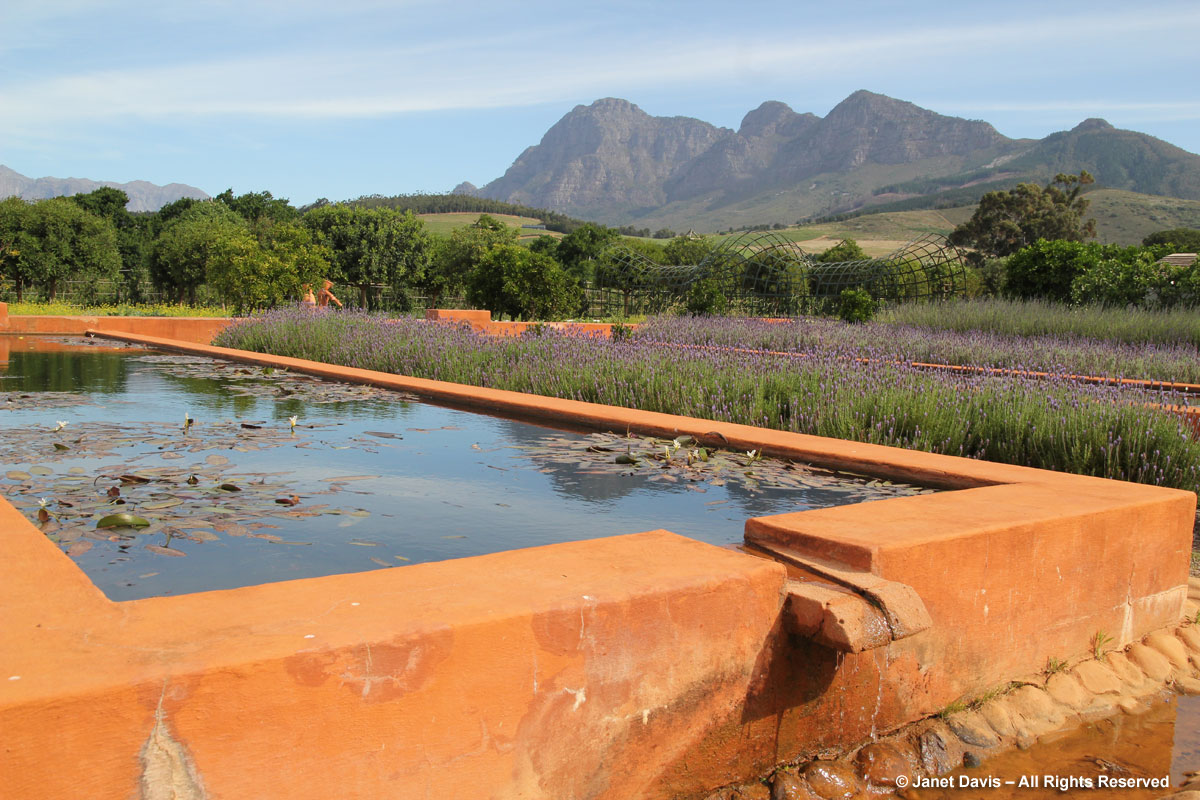 …..beautiful water lilies (Nymphaea) in just the right peach hue to match the pool. Later, there will be lotuses.
…..beautiful water lilies (Nymphaea) in just the right peach hue to match the pool. Later, there will be lotuses.
And, perhaps more importantly, here are the flowers of Cape pondweed (Aponogeton distachyos) or “waterblommetjies” whose rhizomes are cooked up in a traditional South African stew called Waterblommetjiebredie.
Let’s follow the sign into the garden.
Yes, there are olive trees – a beautiful allée of them along here, featuring Mission, Delicata and Frantoio varieties (more varieties are grown on the acreage of Babylonstoren’s farm). The olives are cold-pressed to make olive oil used in the shop and restaurant.
There are two vegetable gardens, one with a carefree profusion of edible cabbages, root crops, fruits and flowers….
….overseen by a pair of clay pot gardeners…
…and a wandering rooster. Ducks and chickens with a taste for snails wander the gardens too.
These ‘Portugal’ quince trees (Cydonia oblonga) are kept low and rigorously pruned to provide a few large fruit each. When ripe, they might be honey-grilled to serve with grilled meat at Babel or made into dulce de membrillo, a quince jelly that can be cut into pieces.
The second vegetable garden is more formal, with raised beds and a central fountain suggestive of a medieval monastery garden.
The wicker work and trellises here are wonderful.
Artichokes are planted on the edge of the vegetable garden.
There simply isn’t enough time to explore all these small, enclosed gardens thoroughly, but I make a mad dash along the main axis path, stopping every few minutes to duck down one of the bisecting paths to stick my nose inside and see what’s going on there. Look at these gorgeous, antique ‘Albertine’ roses.
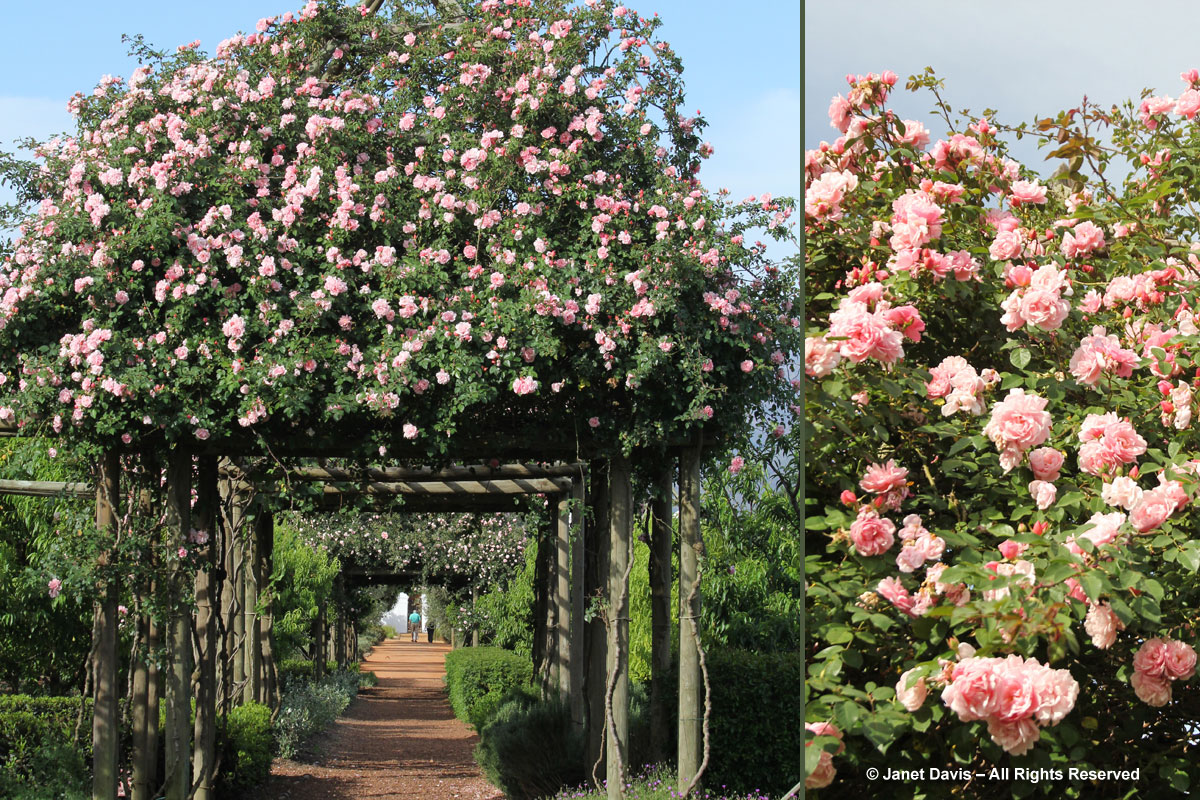
I love all the espaliered fruit with the poppies planted beneath. The fan-trained trees form the leafy walls to some of the enclosures, while…..
….encouraging the growth of myriad stone fruit, like these ‘Sunlite’ nectarines.
This is part of the gravity-fed irrigation system, which distributes water throughout the gardens from a natural stream on the property.
I look into one enclosure and find a giant tortoise nonchalantly munching her way through a lush carpet of bacopa (Sutera cordata). She and her babies find a welcome in the garden.
My feet make a crunching noise and I gaze down to see that I’m walking on a peach-pit path. That does take recycling to a new level!
I bump my head climbing through the low frame of the door into an enclosure called Almonds-Bees (clearly a good deterrent for anyone who might try to wander in here without knowing who the rightful occupants are). Being mid-October or mid-spring in South Africa, the almonds were pollinated long ago and the fruit is developing, though still fuzzy.
I love the hives here, and the bees are finding lots of forage…..
…throughout the gardens, like these cornflower (Centaurea cyanus) flowers, left, and French lavender (Lavandula x intermedia), right.
Bees can also find a haven out in the gardens of Babylonstoren, in their very own landscaped bee hotel, designed by Etienne Hanekom.
There is also a wild bee haven with appropriate nesting media for many species.
The bee nests are located beside the Subtropical Fruit garden, which includes mango (Mangifera indica), left, and papaya (Carica papaya), right…..
…. and pineapple guava (Feijoa sellowiana).
Here are strawberries in a protective enclosure to keep out hungry birds.
And would you have guessed that the vine baskets below are used to protect the rhubarb growing inside them from the sun? When the rosy stems mature, they might be cut and used in one of Babel’s signature dishes, like roast chicken with rhubarb butter and asparagus.
Red currants (Ribes rubrum) are just one of the crops in the Berry Garden, which also includes blueberries, blackberries, raspberries, gooseberries and Cape gooseberries.
Prickly-pears (Opuntia ficus-indica) have long been an edibles crop in South Africa, and six varieties of this cacti are grown in the Prickly-Pear Maze, with more on the farm.
Thirteen varieties of fig (Ficus carica) are cultivated on trellises and in avenues in the Mulberry Meditation Garden.
Yum….
Finally, sadly, it’s time to head back to Cape Town. As we drive out towards the highway, the vineyards stretch out near the outbuildings (now hotel suites) of the farm’s old werf.
I do wish we’d had a chance to sip a glass of one of the estate’s aptly-named wines, such as its signature red blend Nebukadnesar, named in honour of the king of that mythical desert garden whose spirit is invoked so richly and tastefully in these remarkable gardens at Babylonstoren. Perhaps next time……

